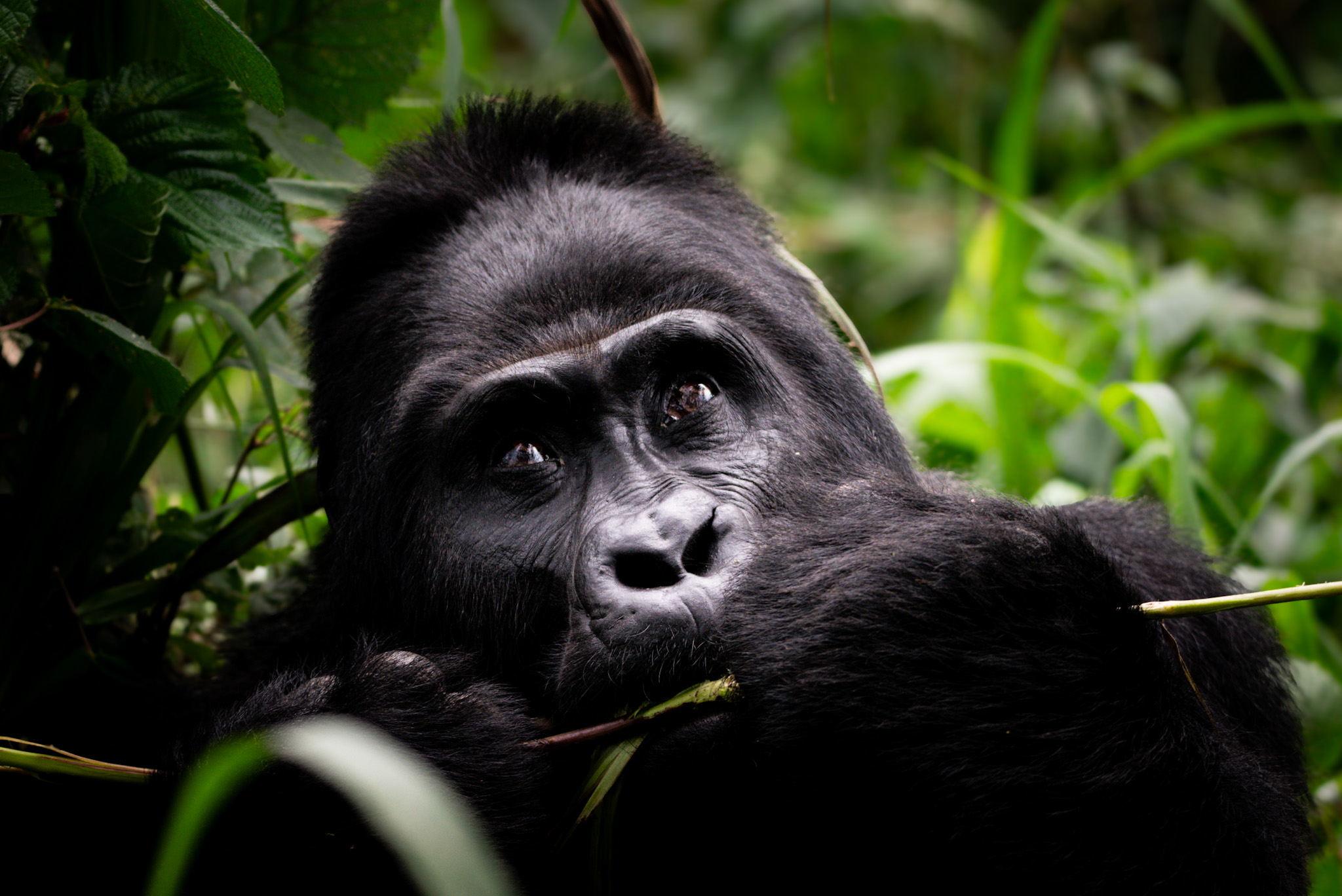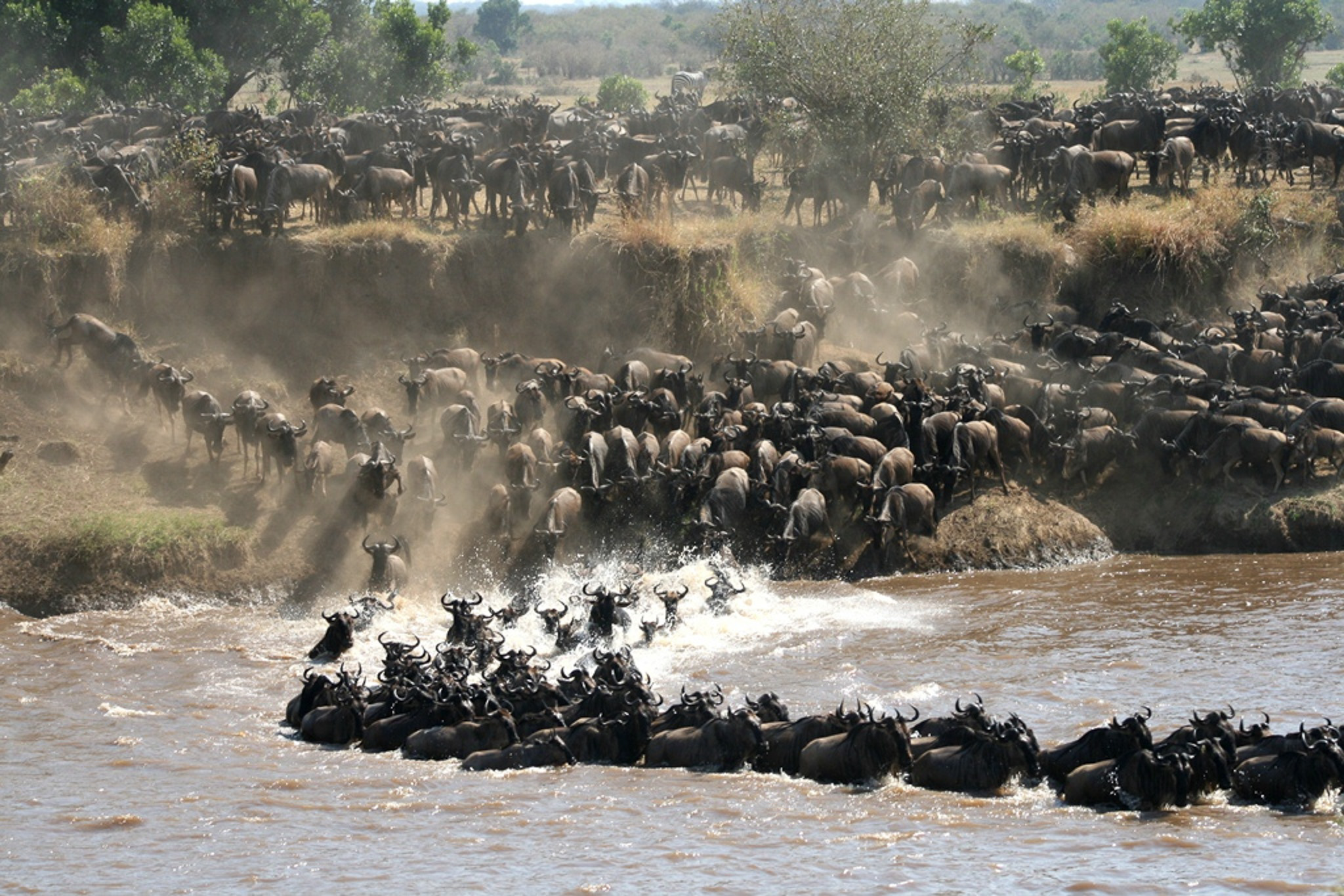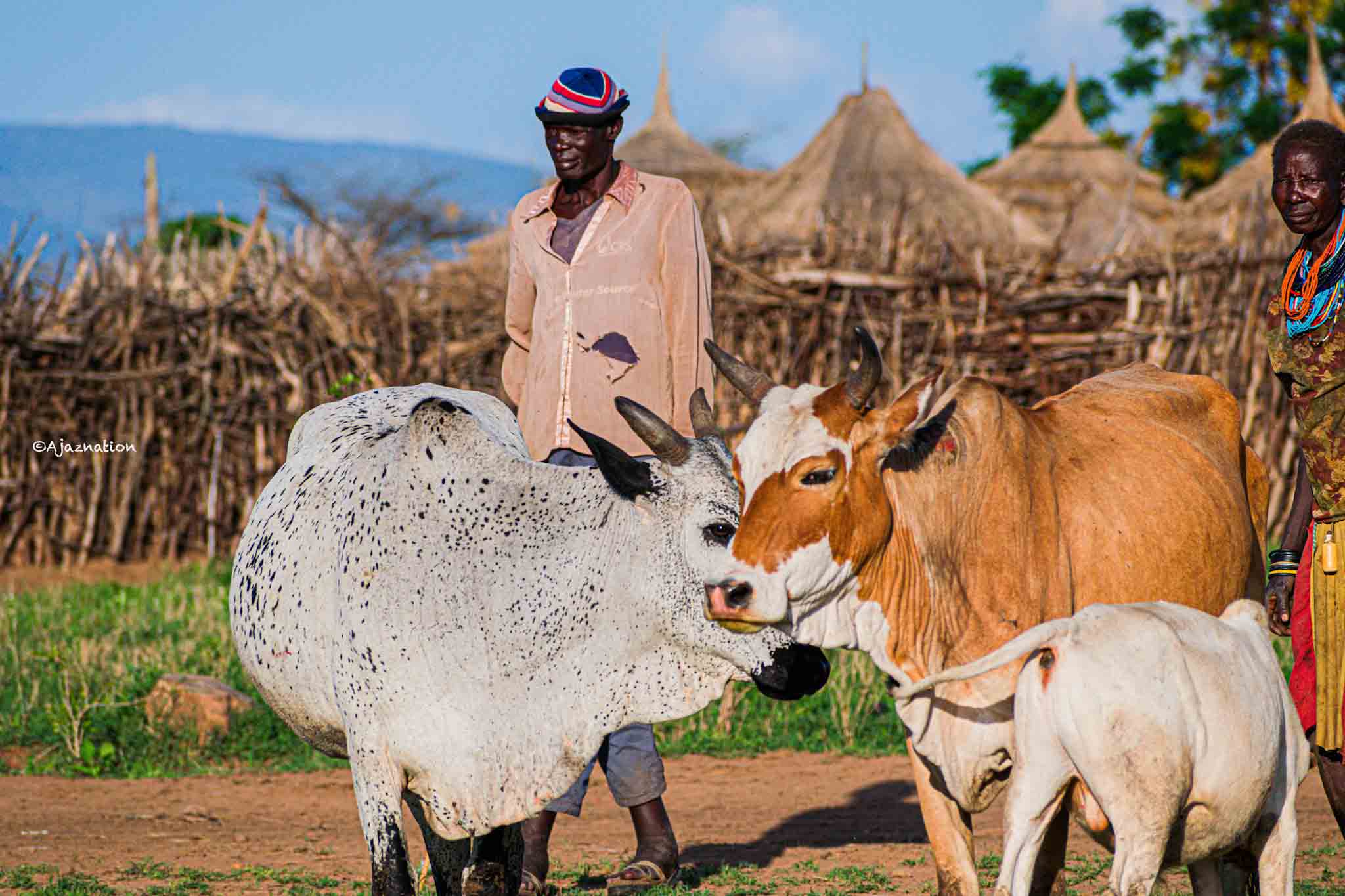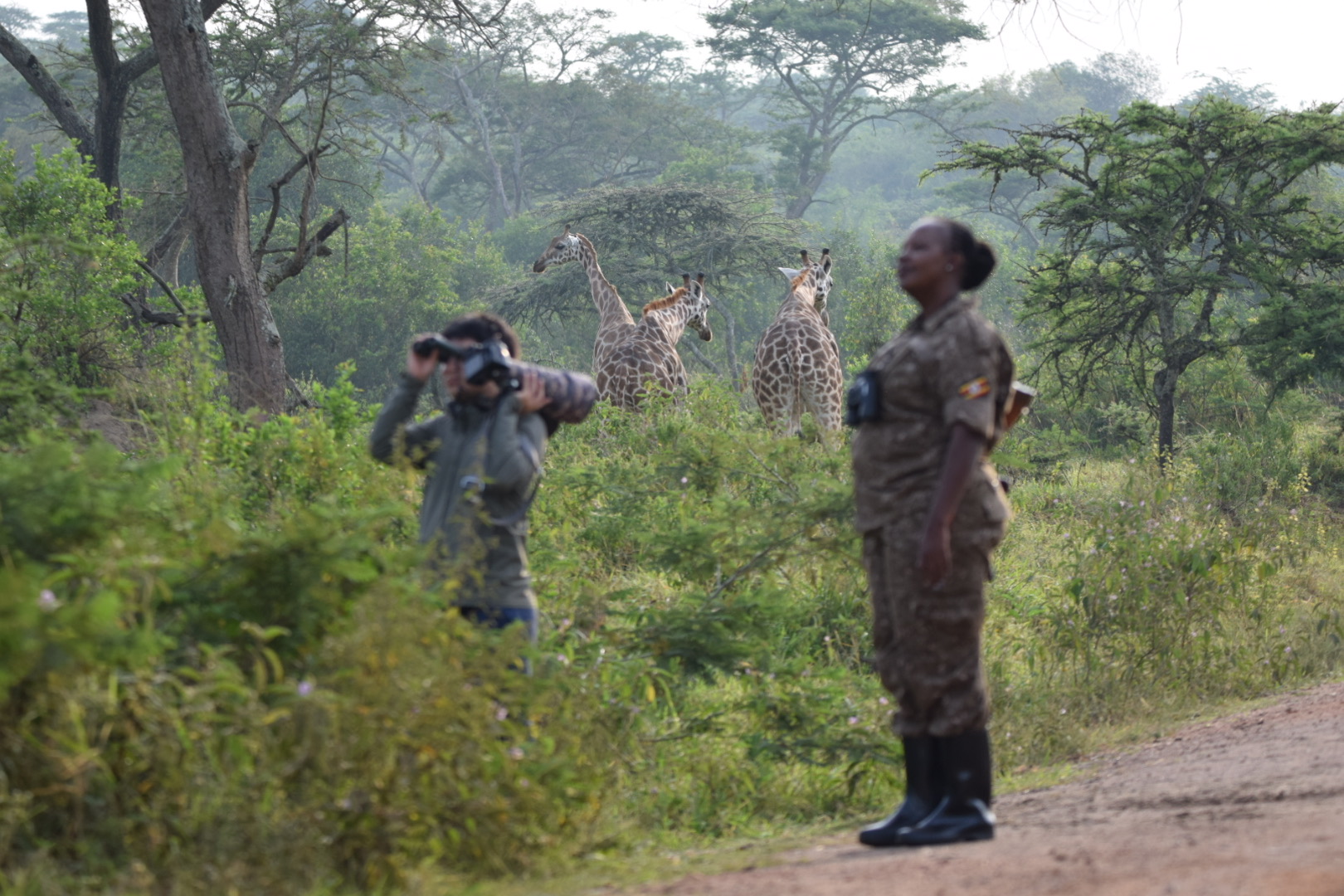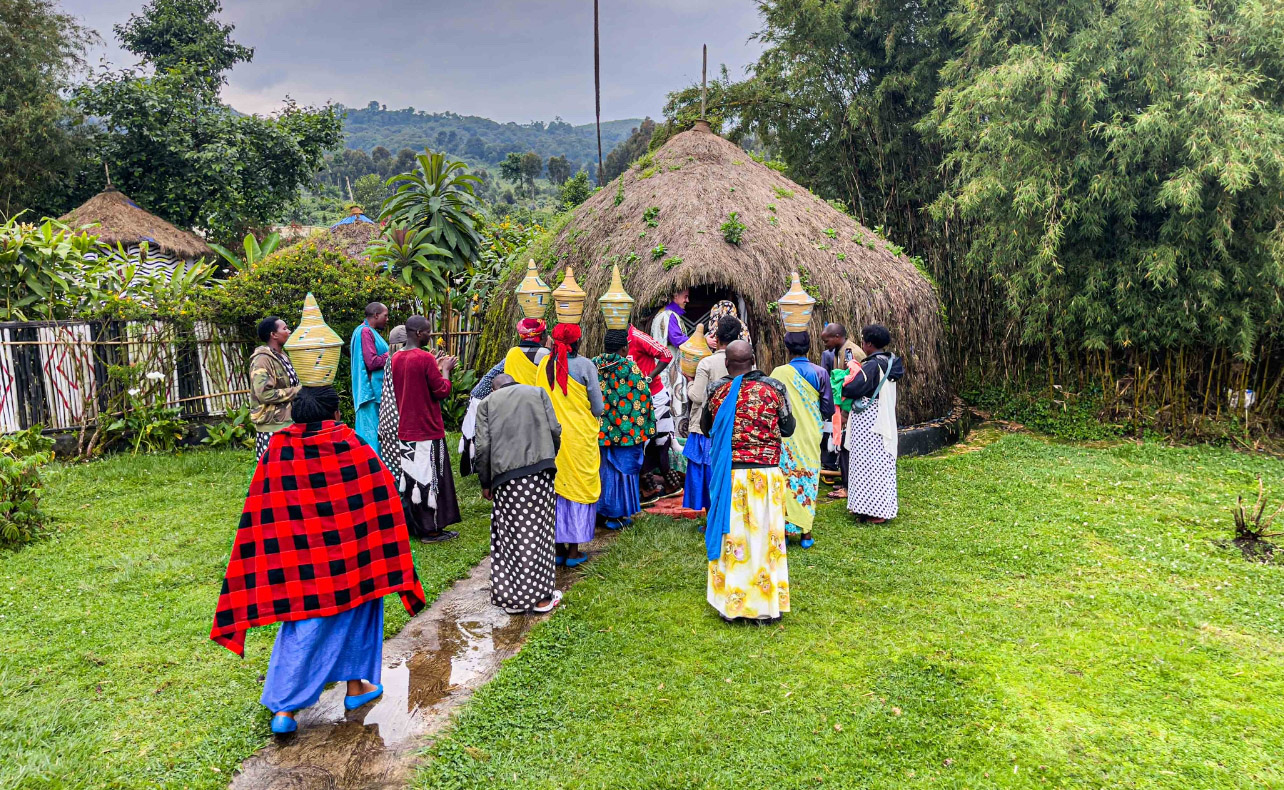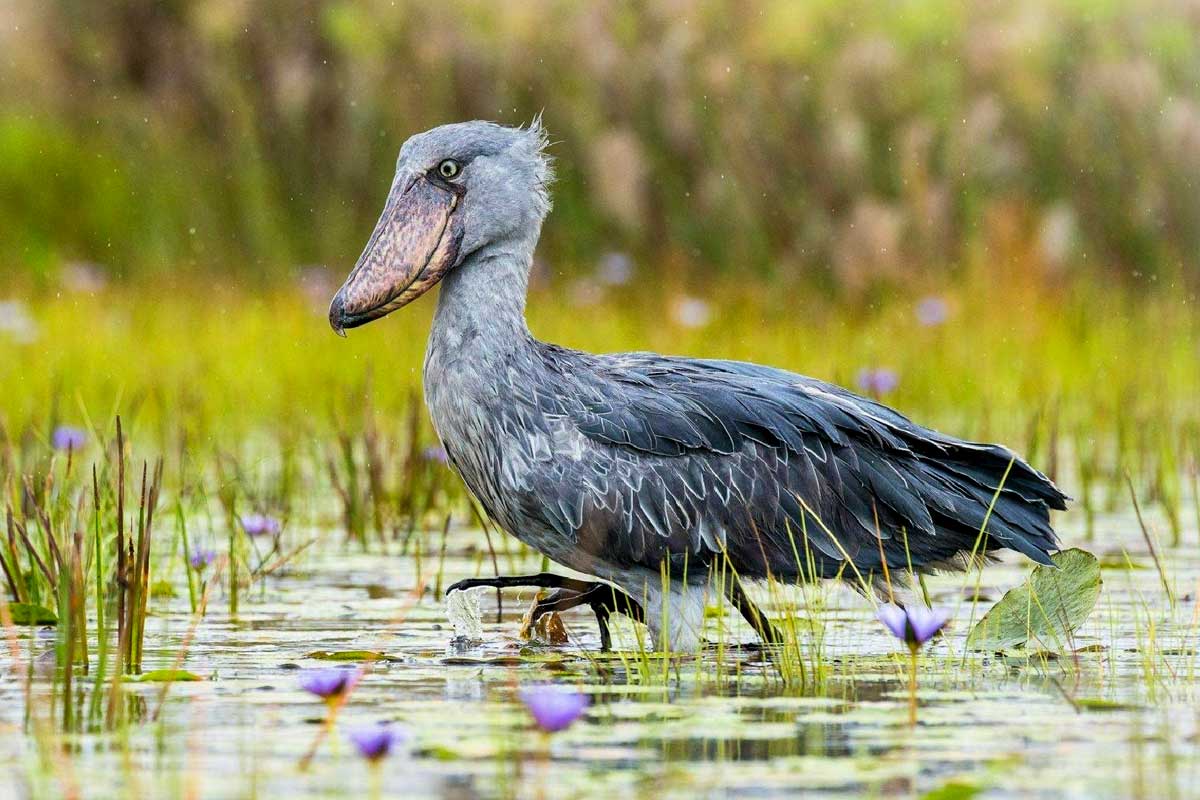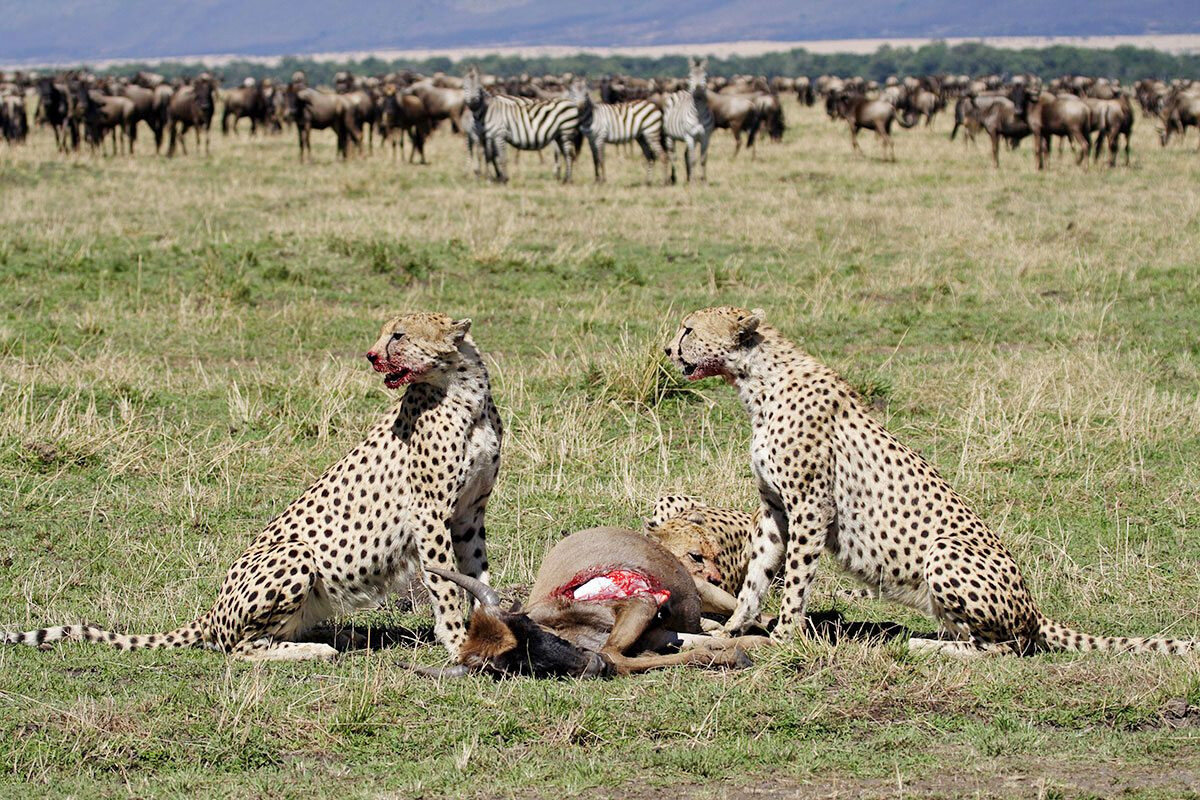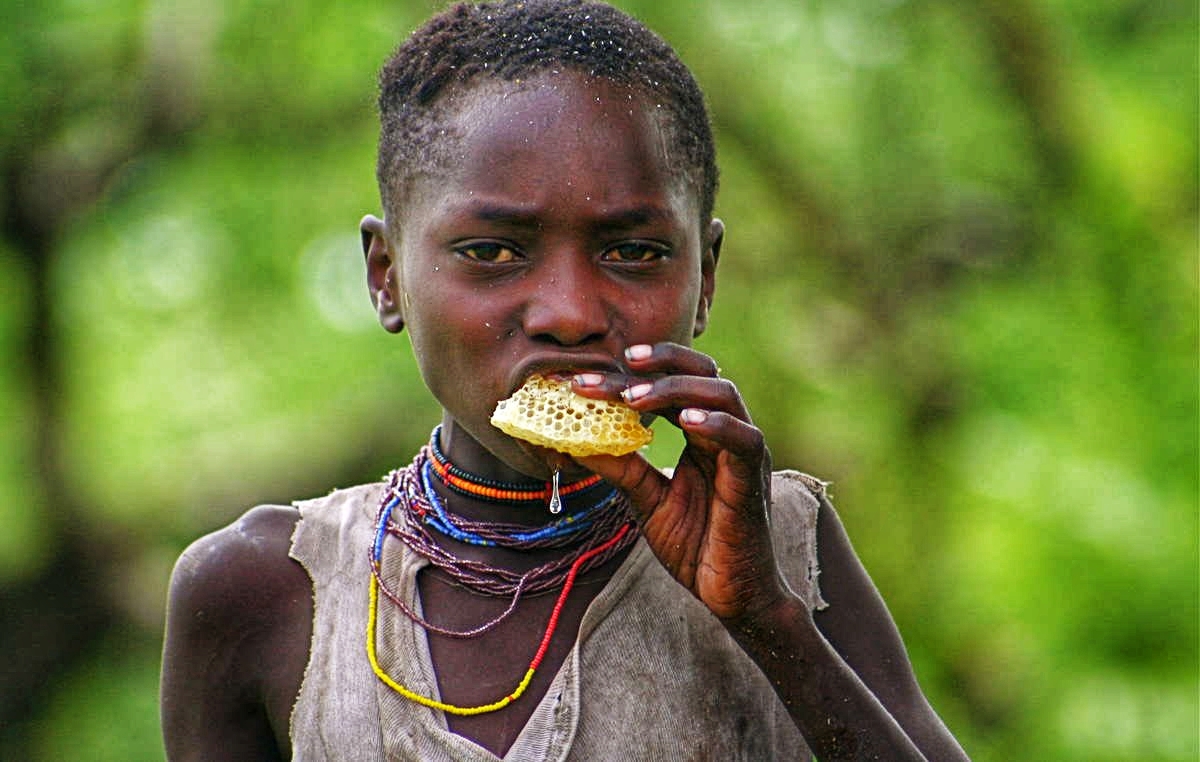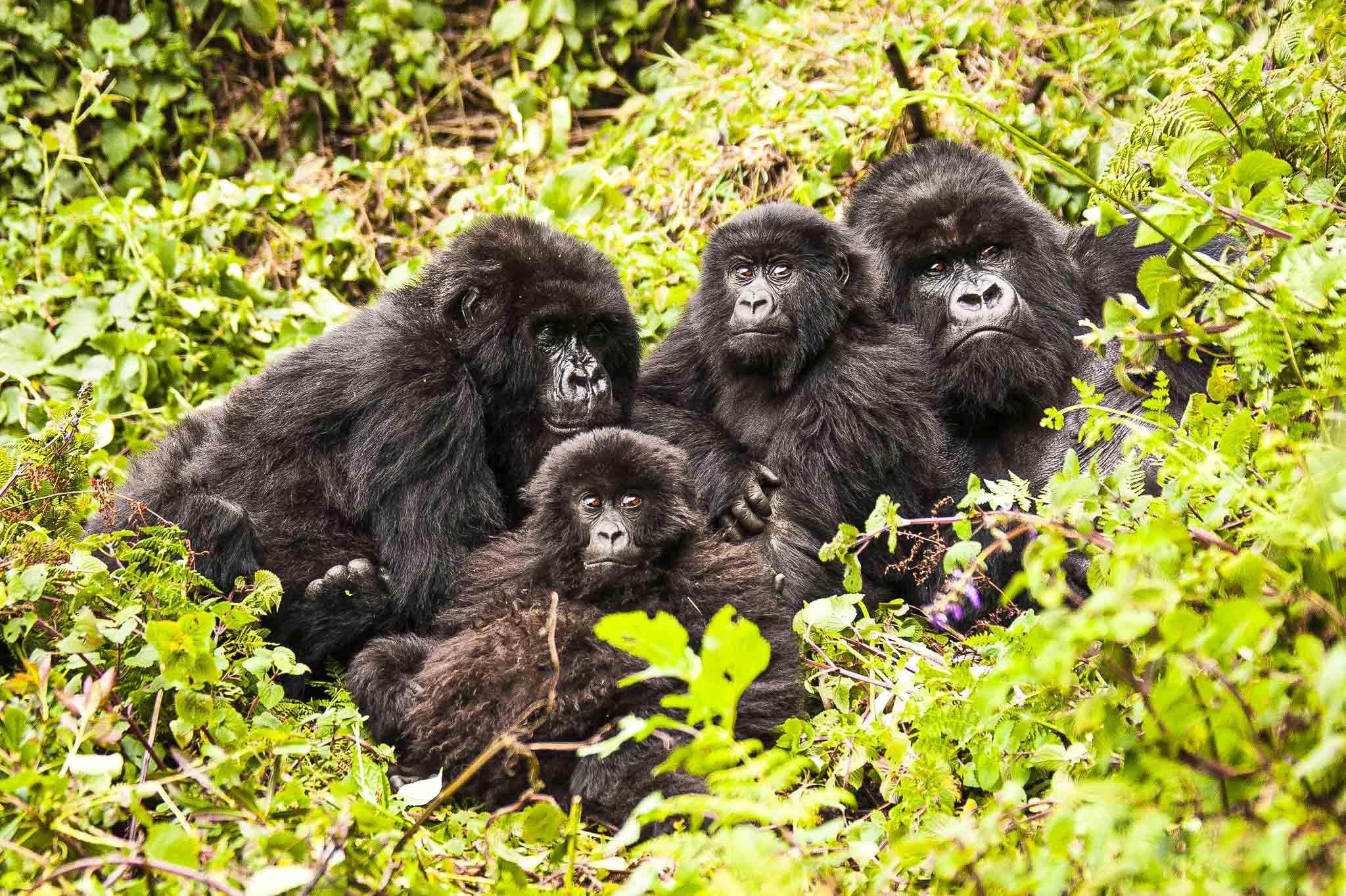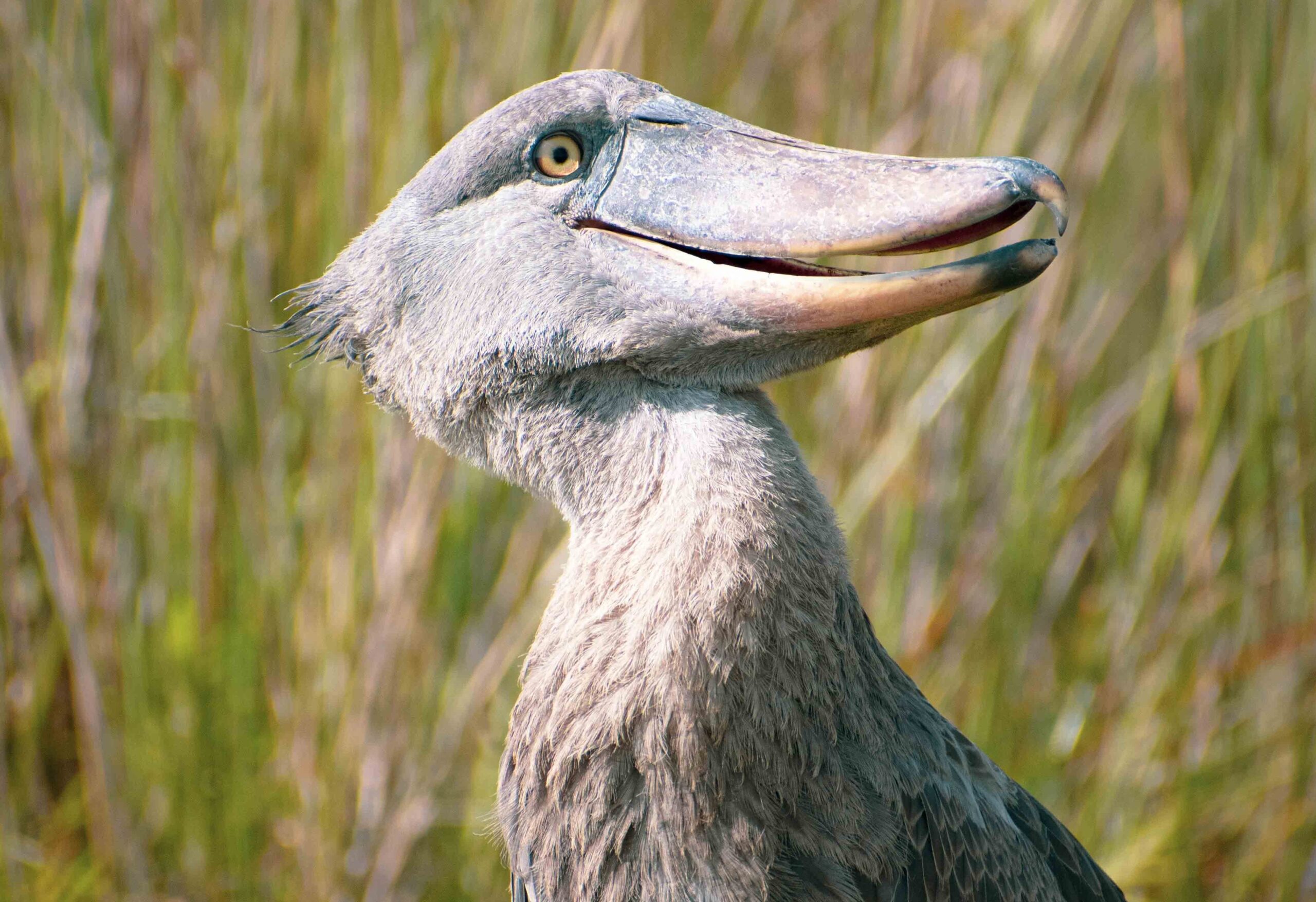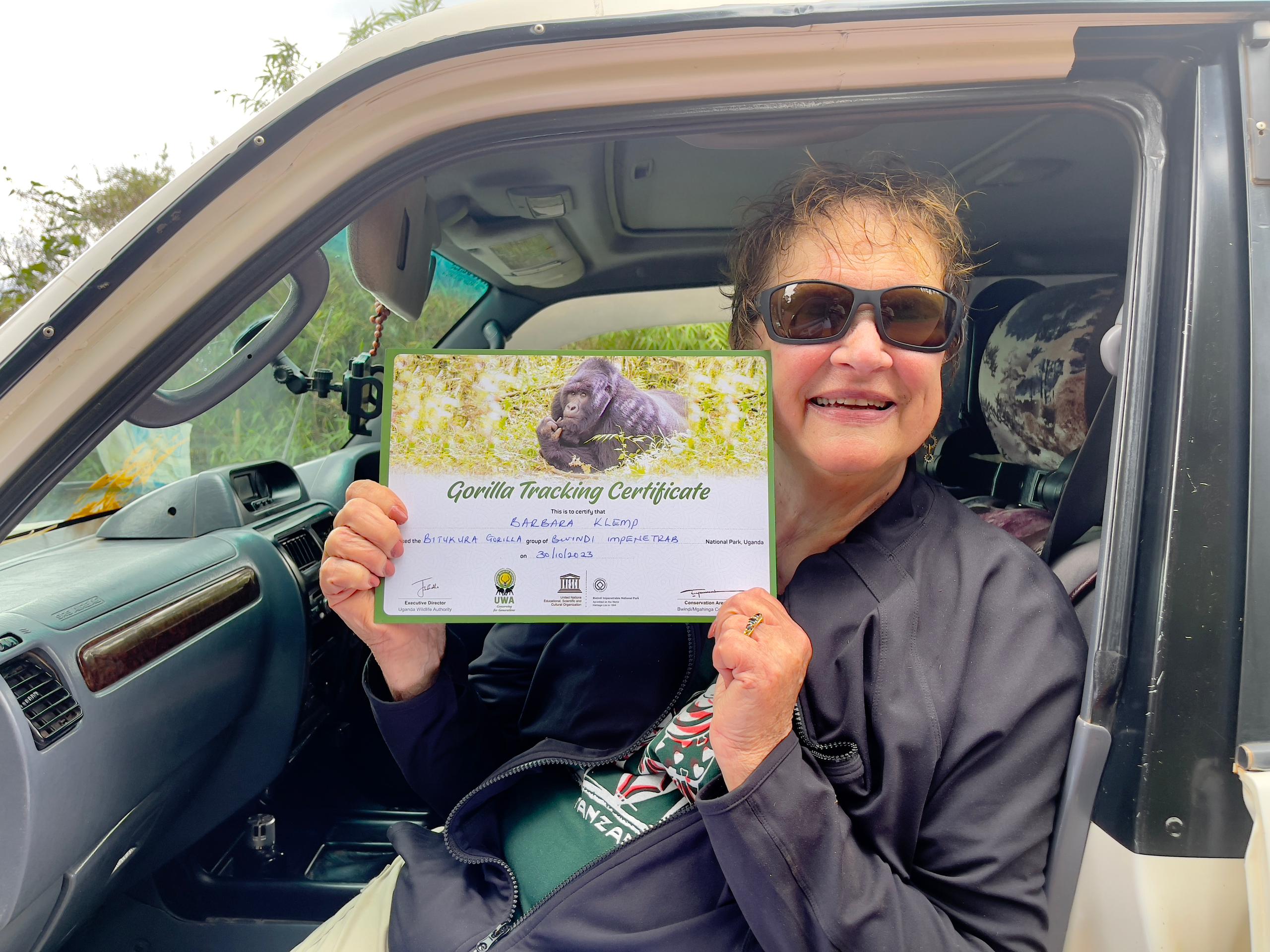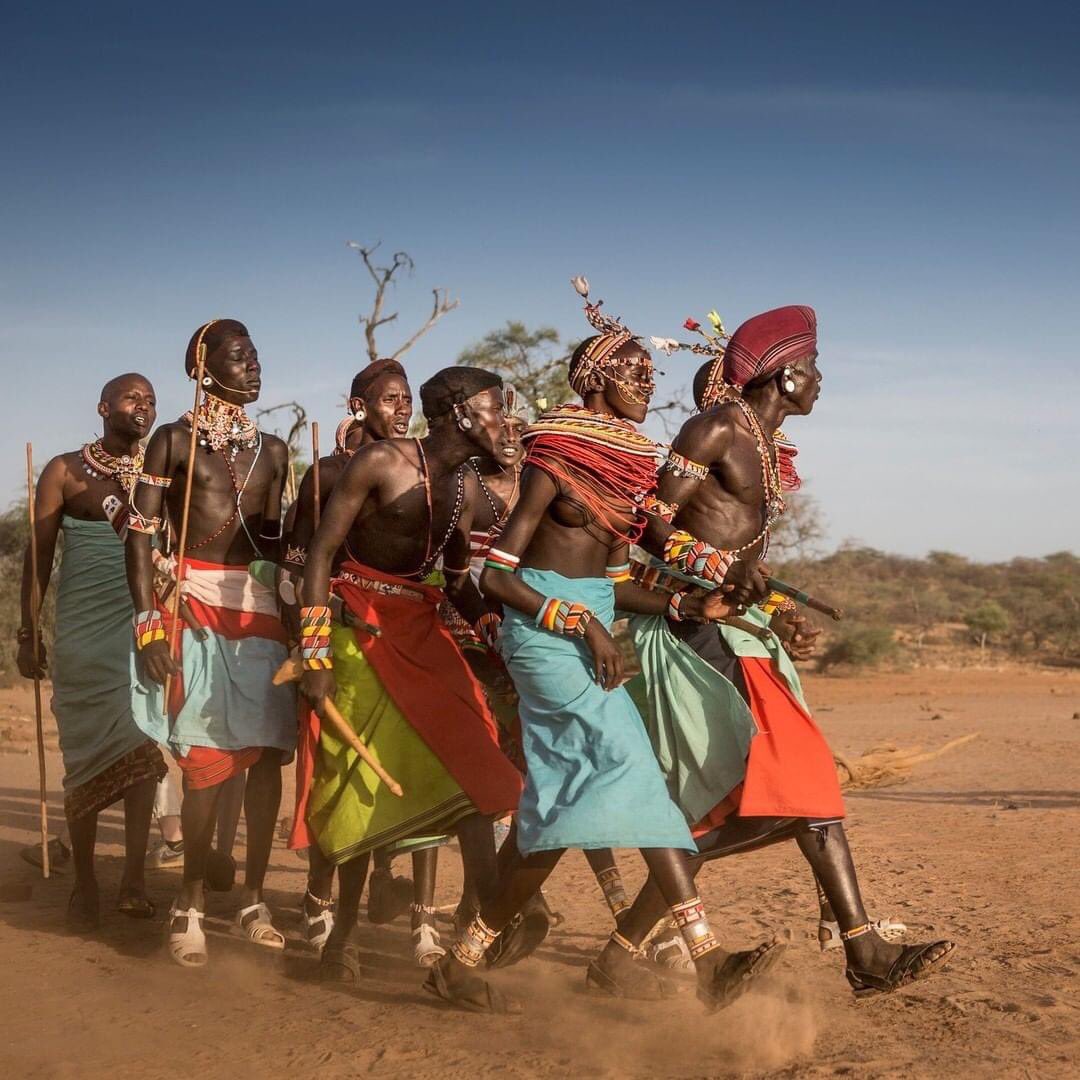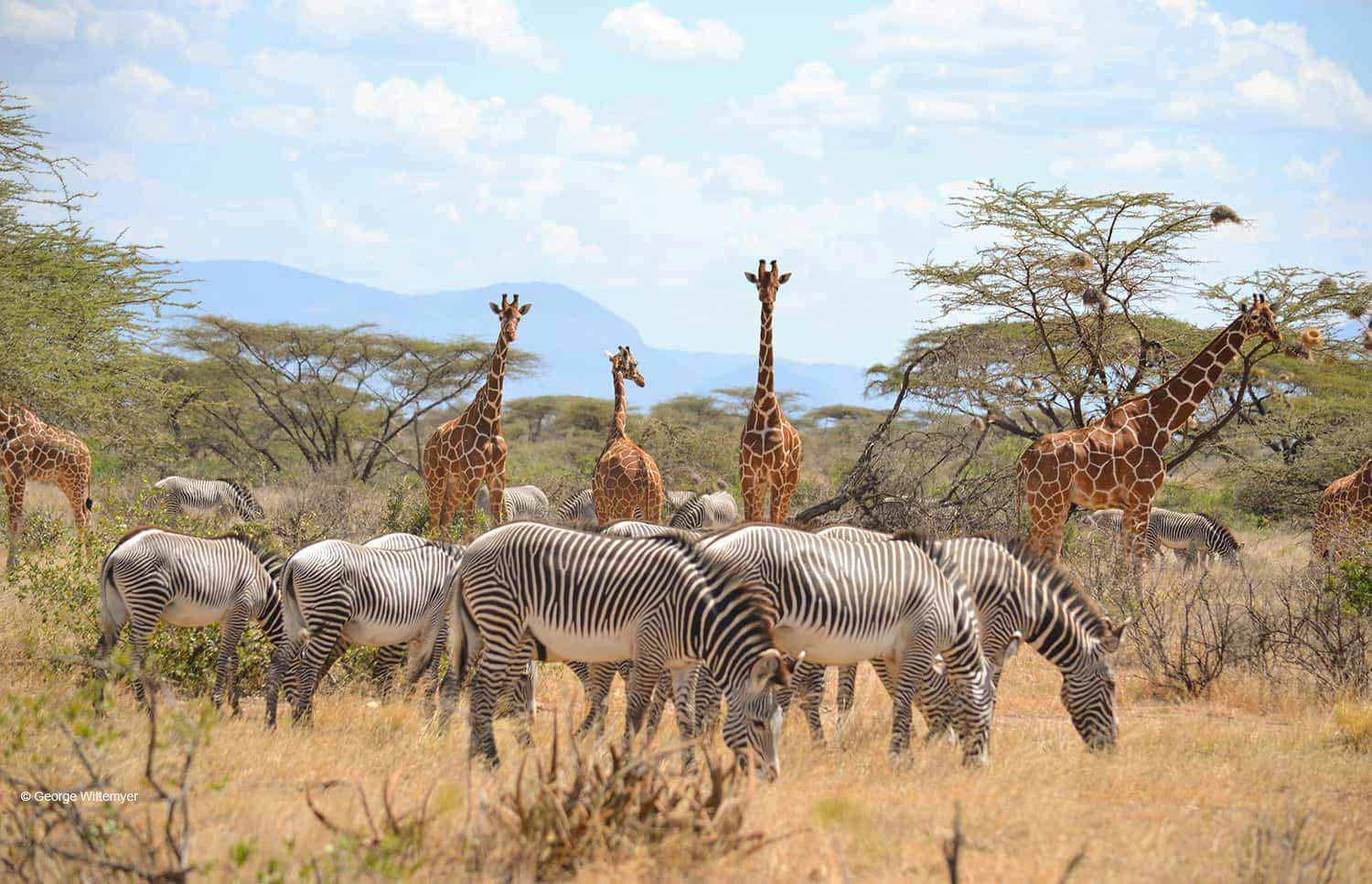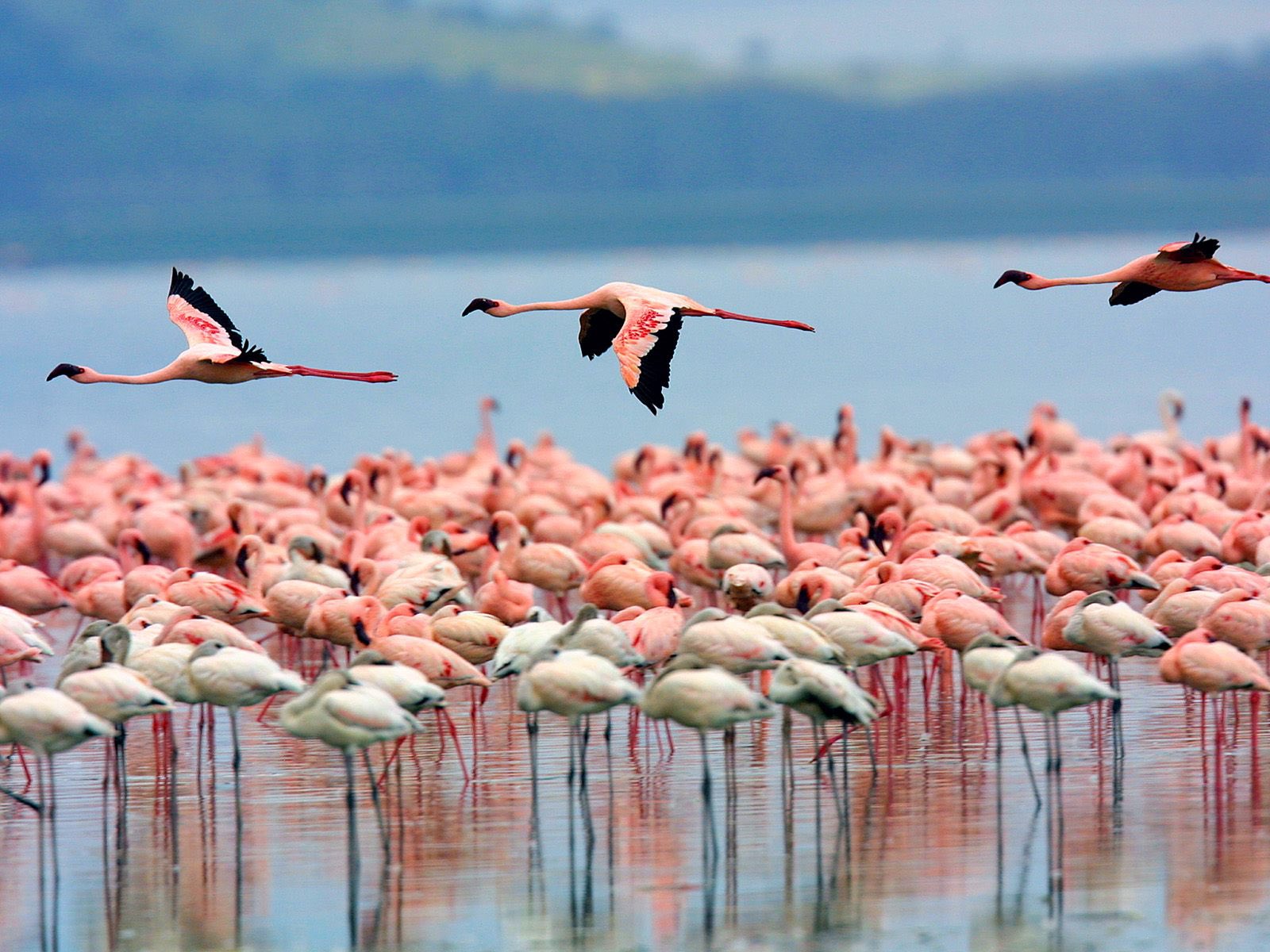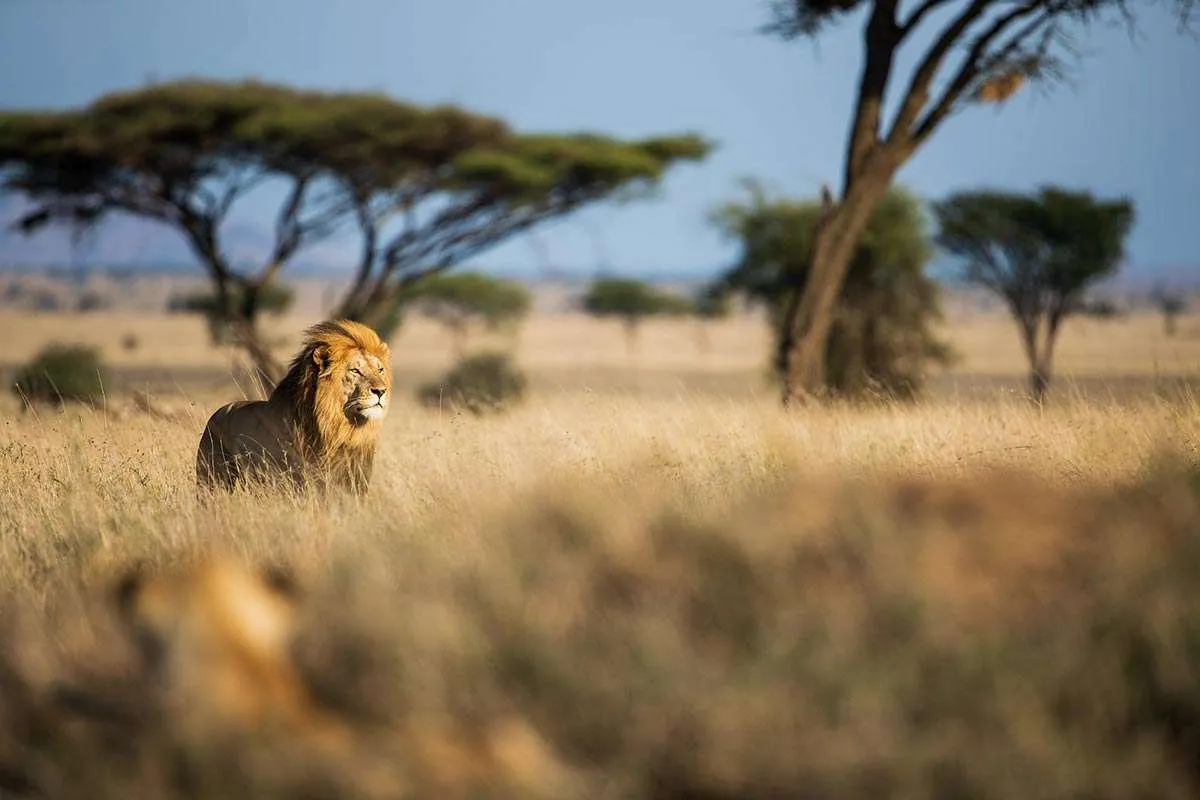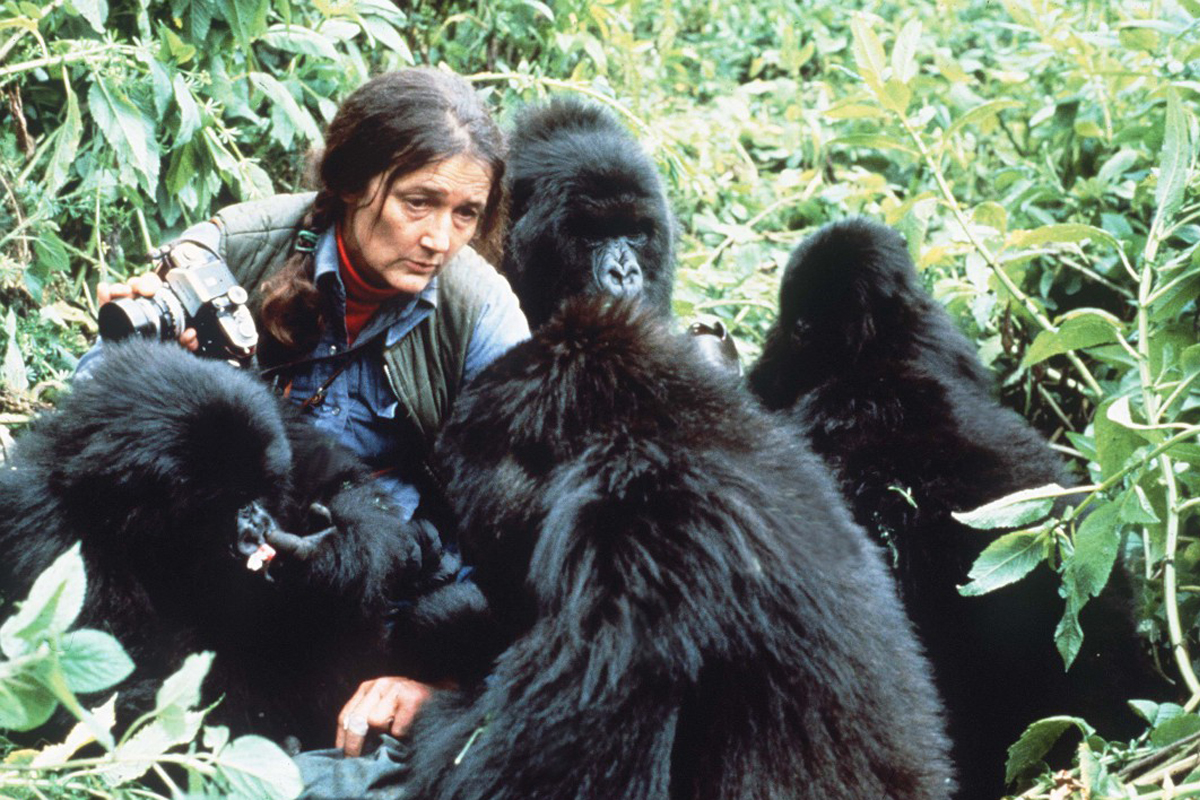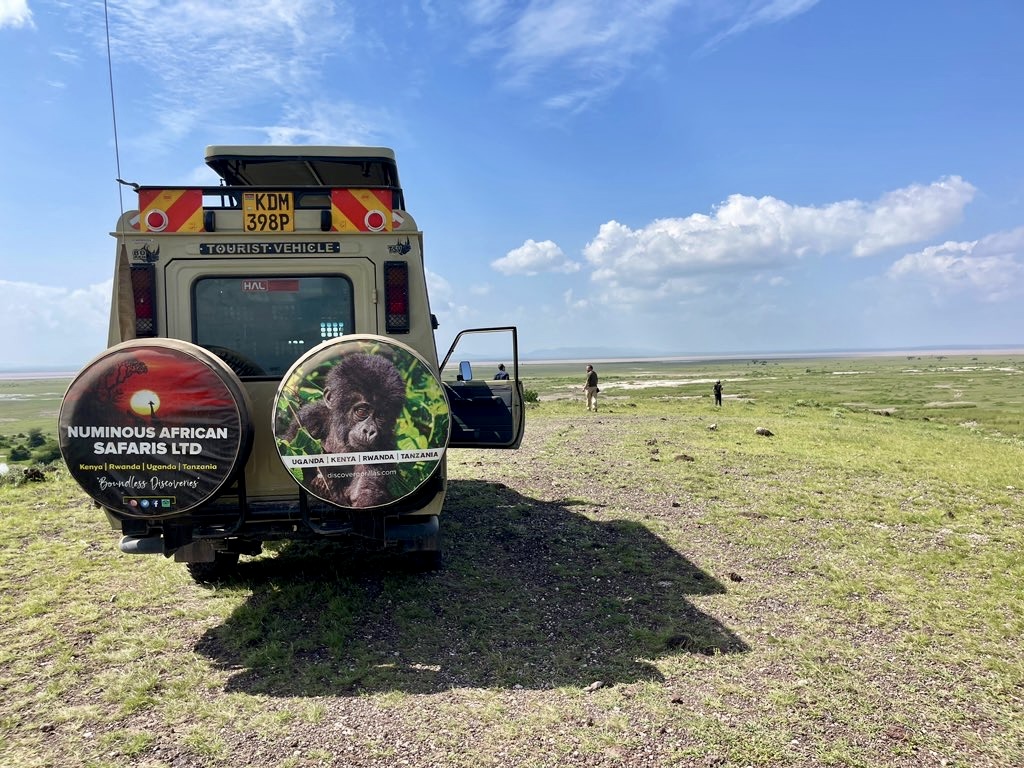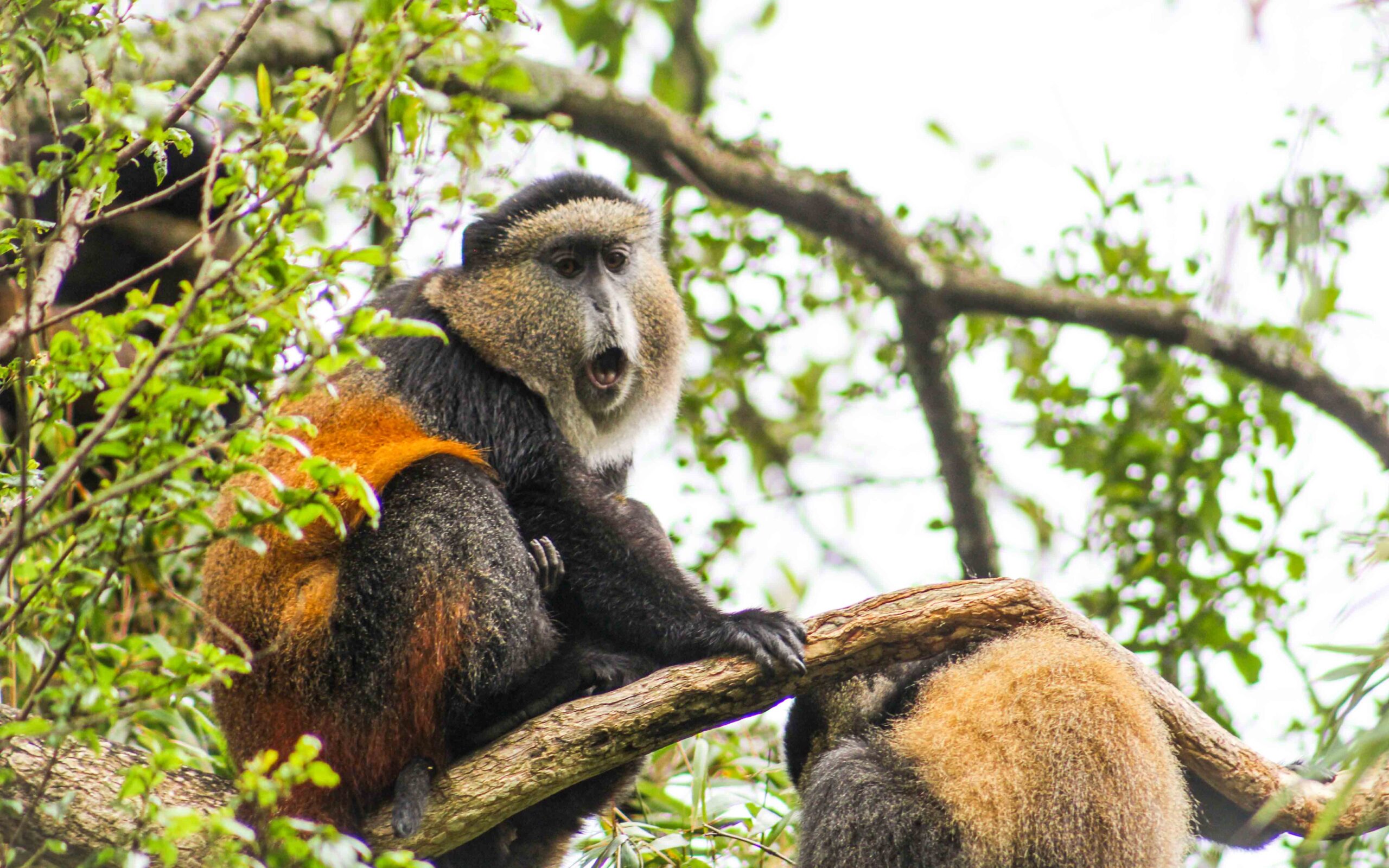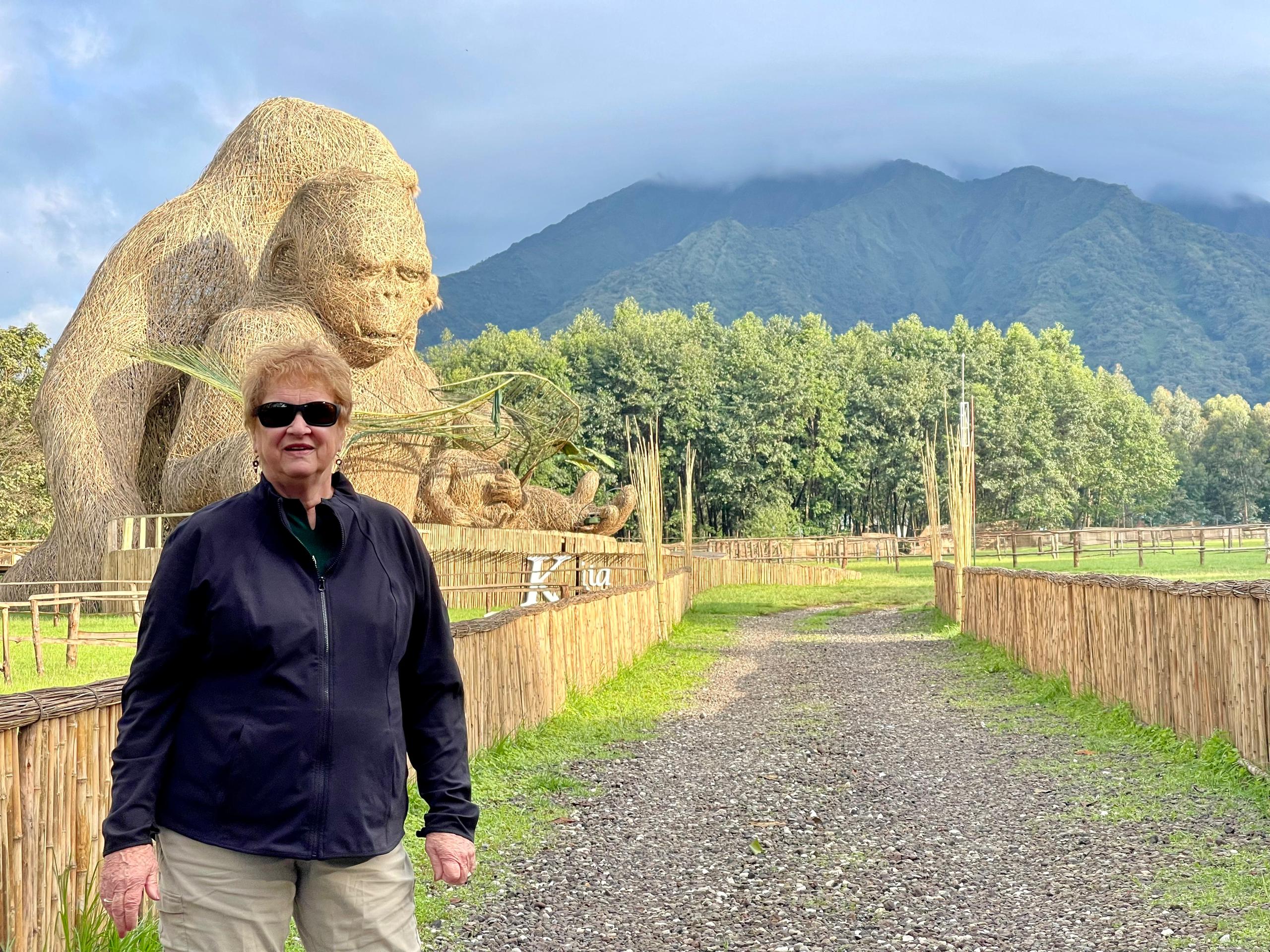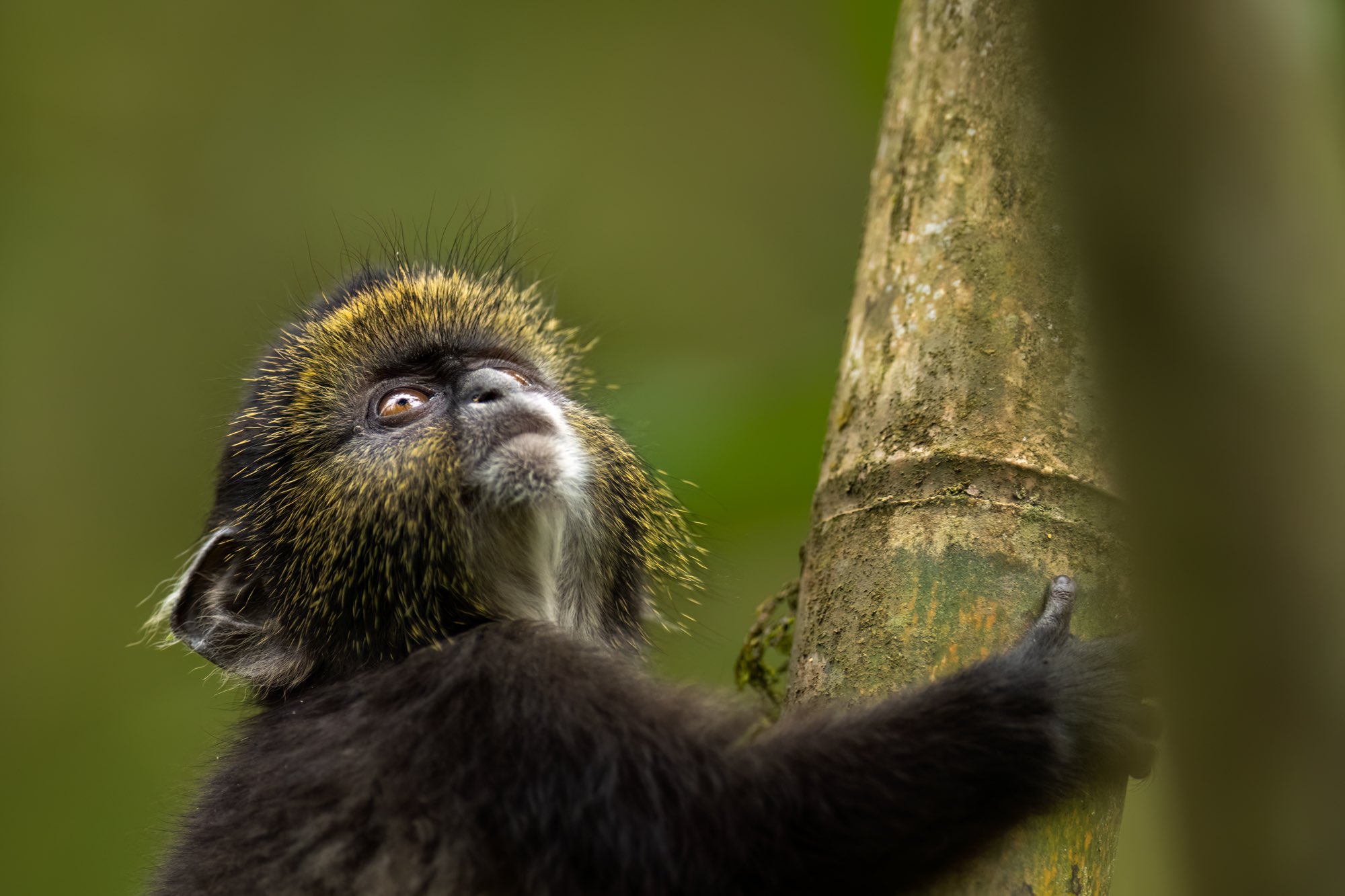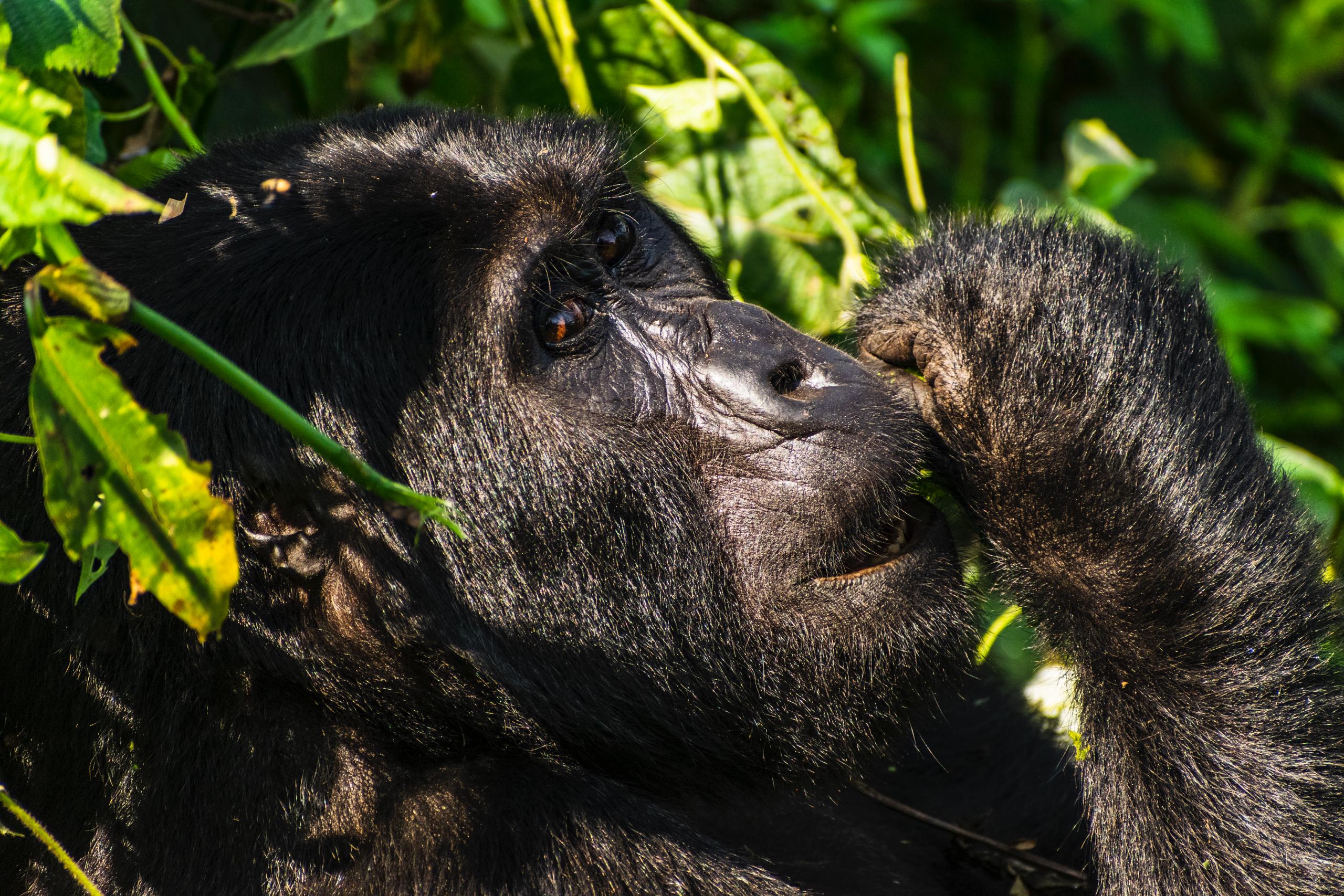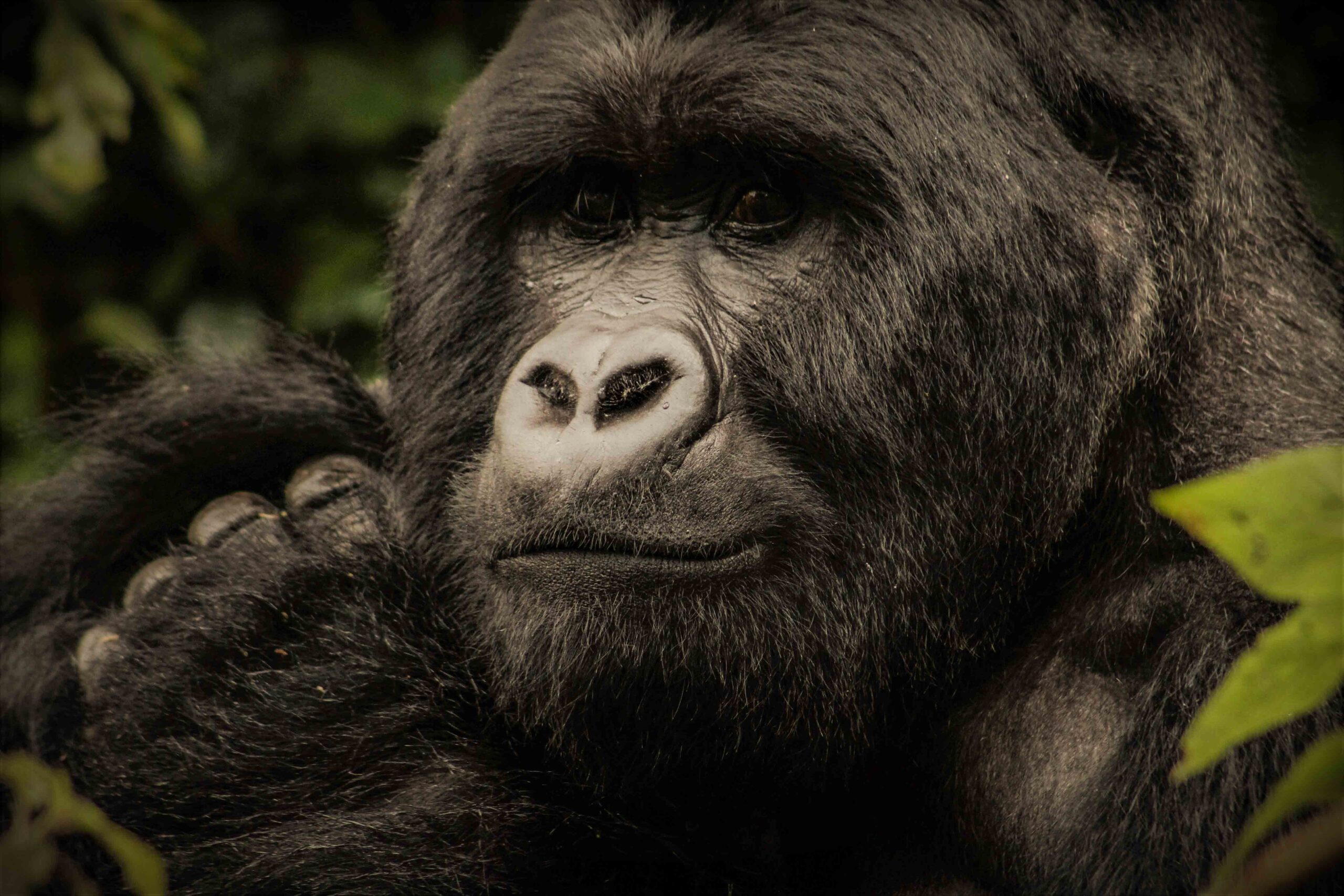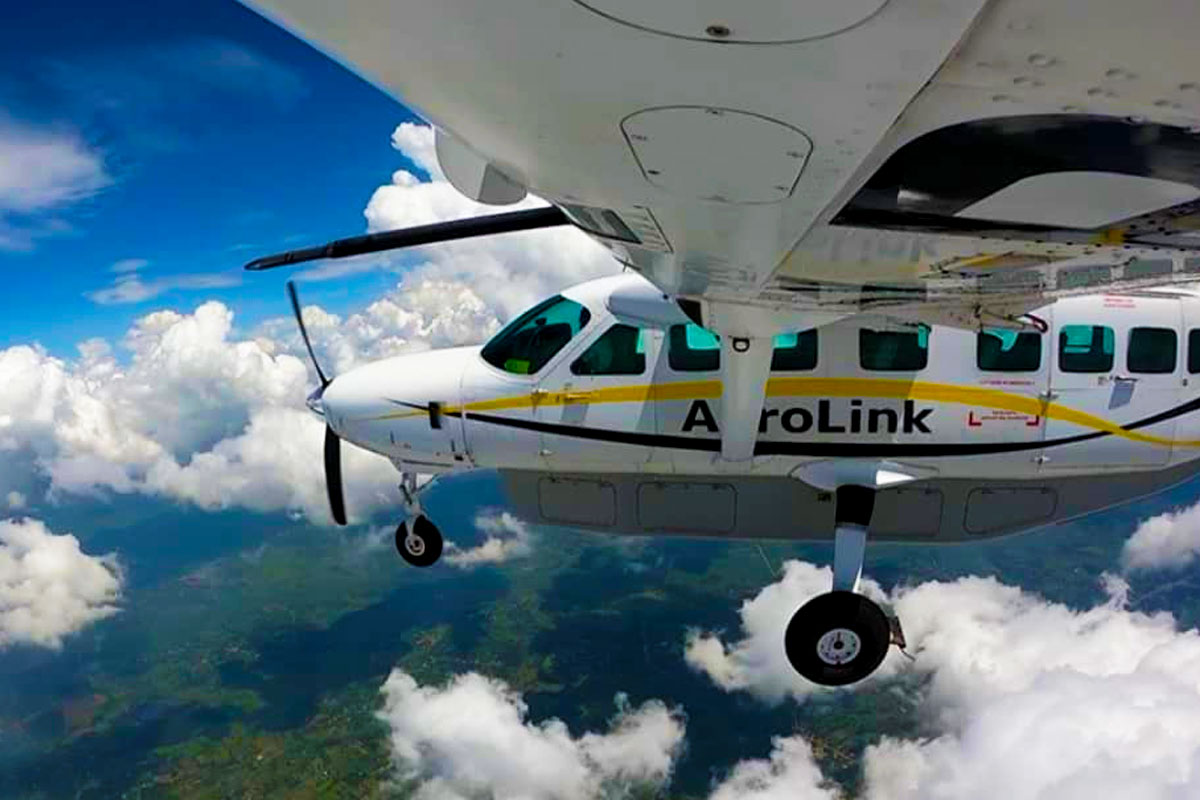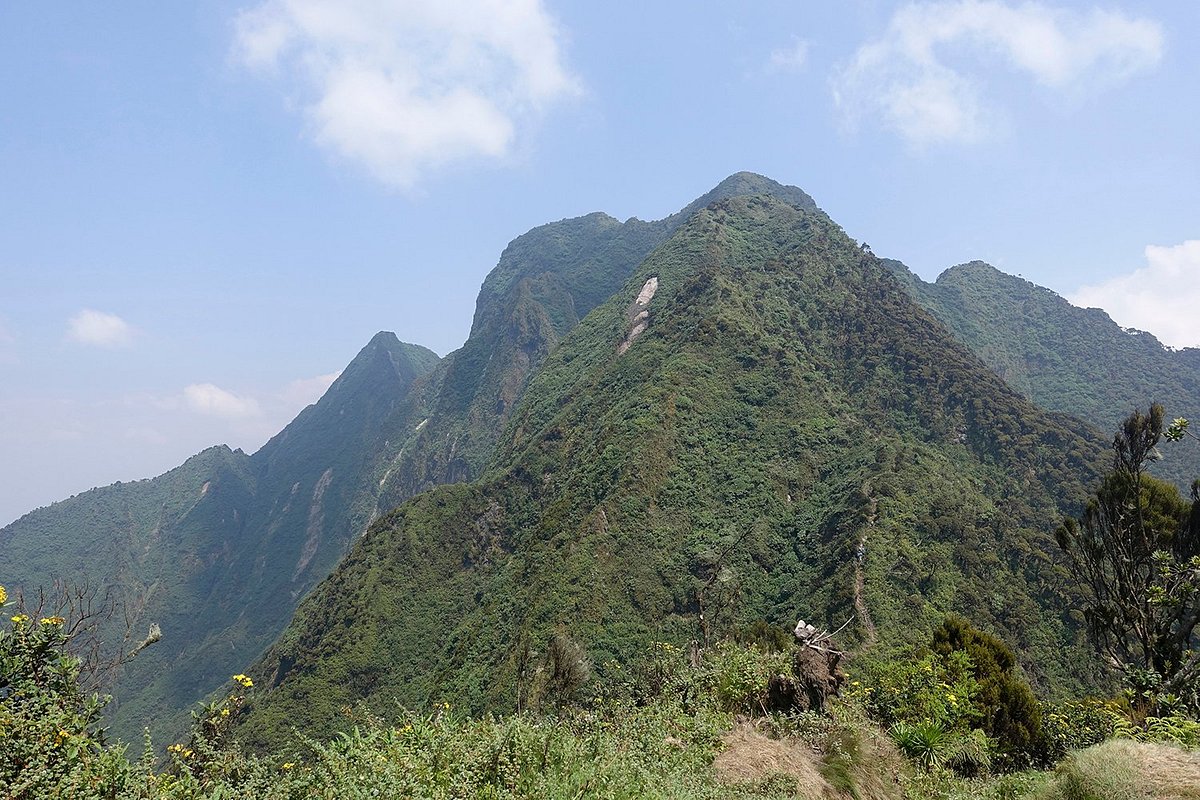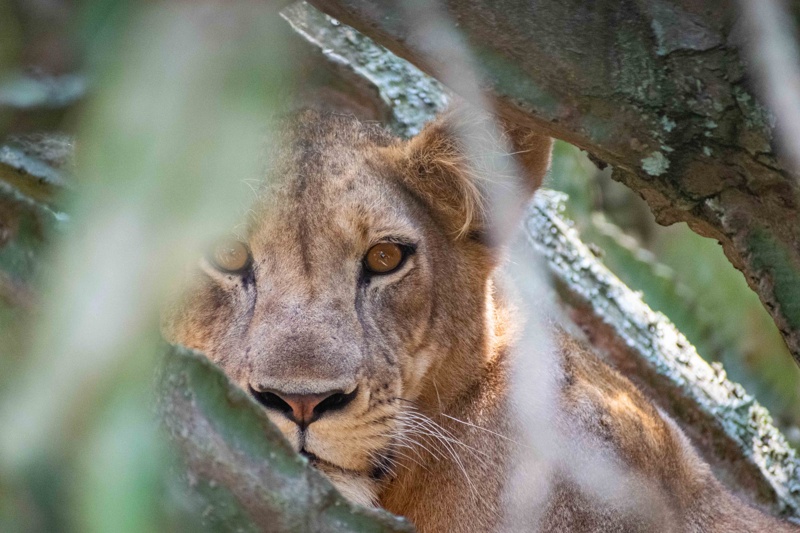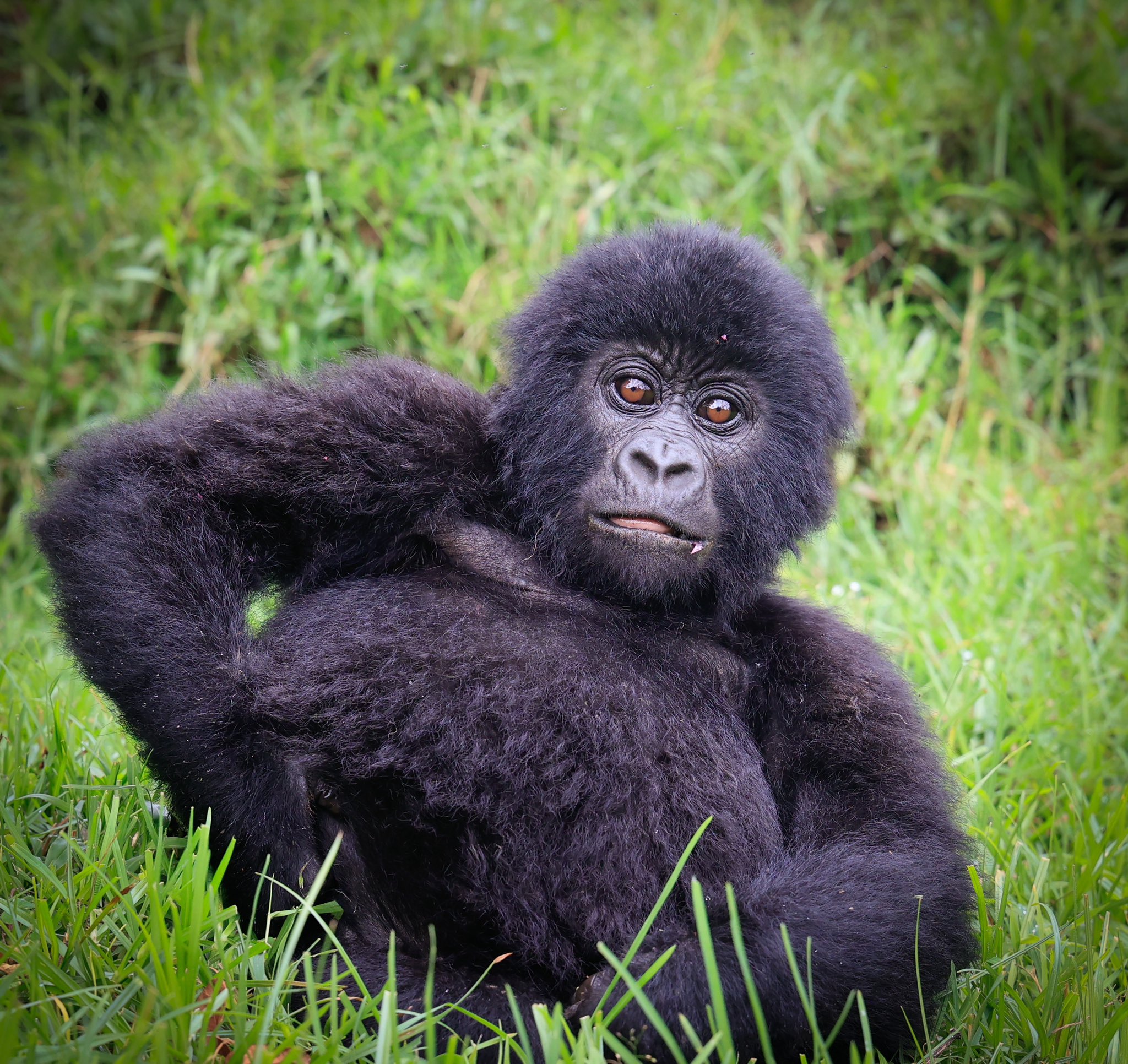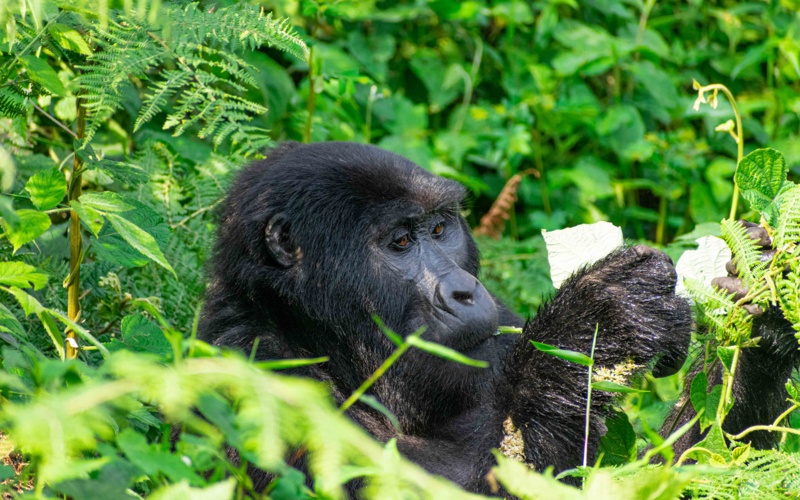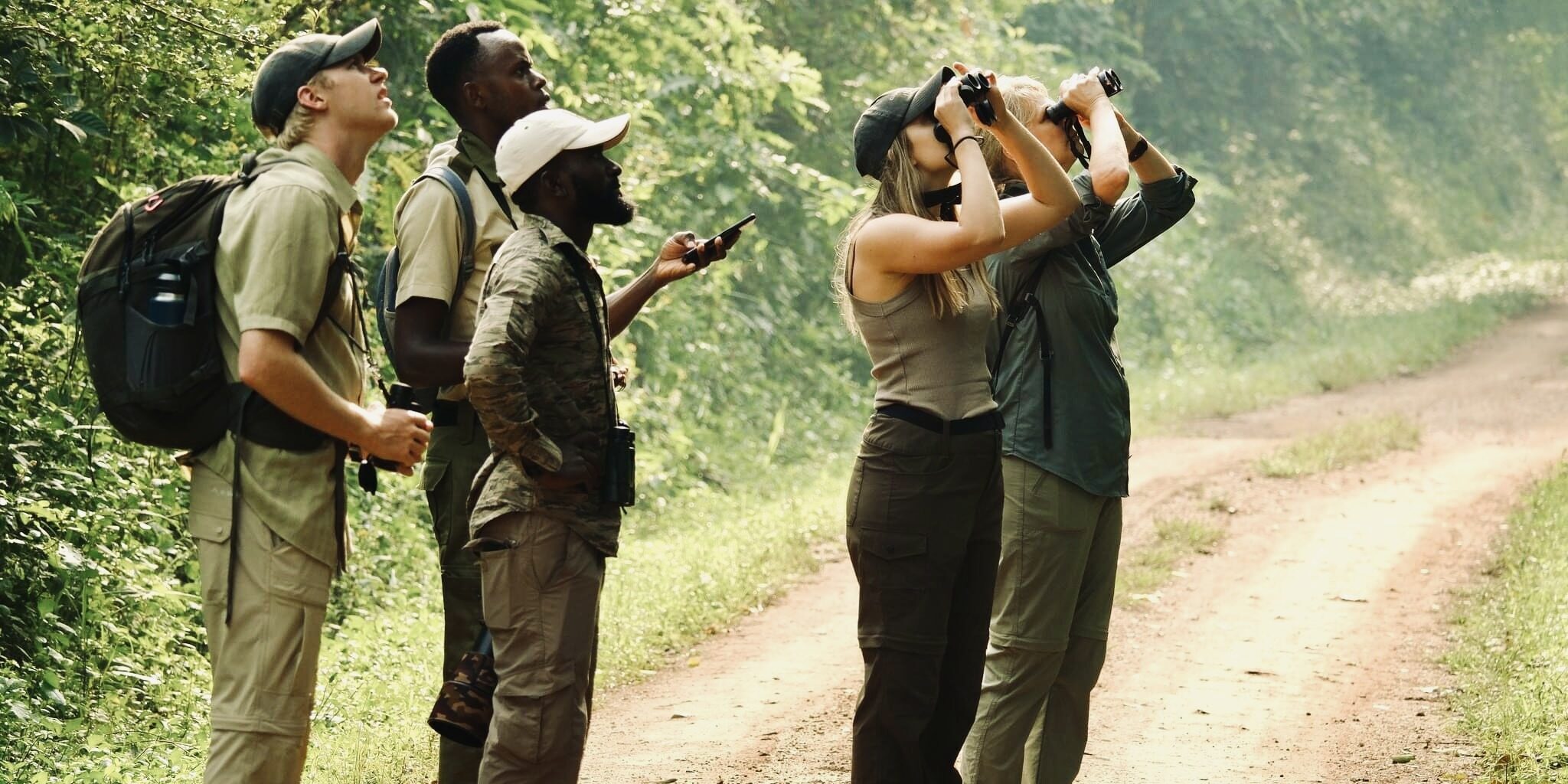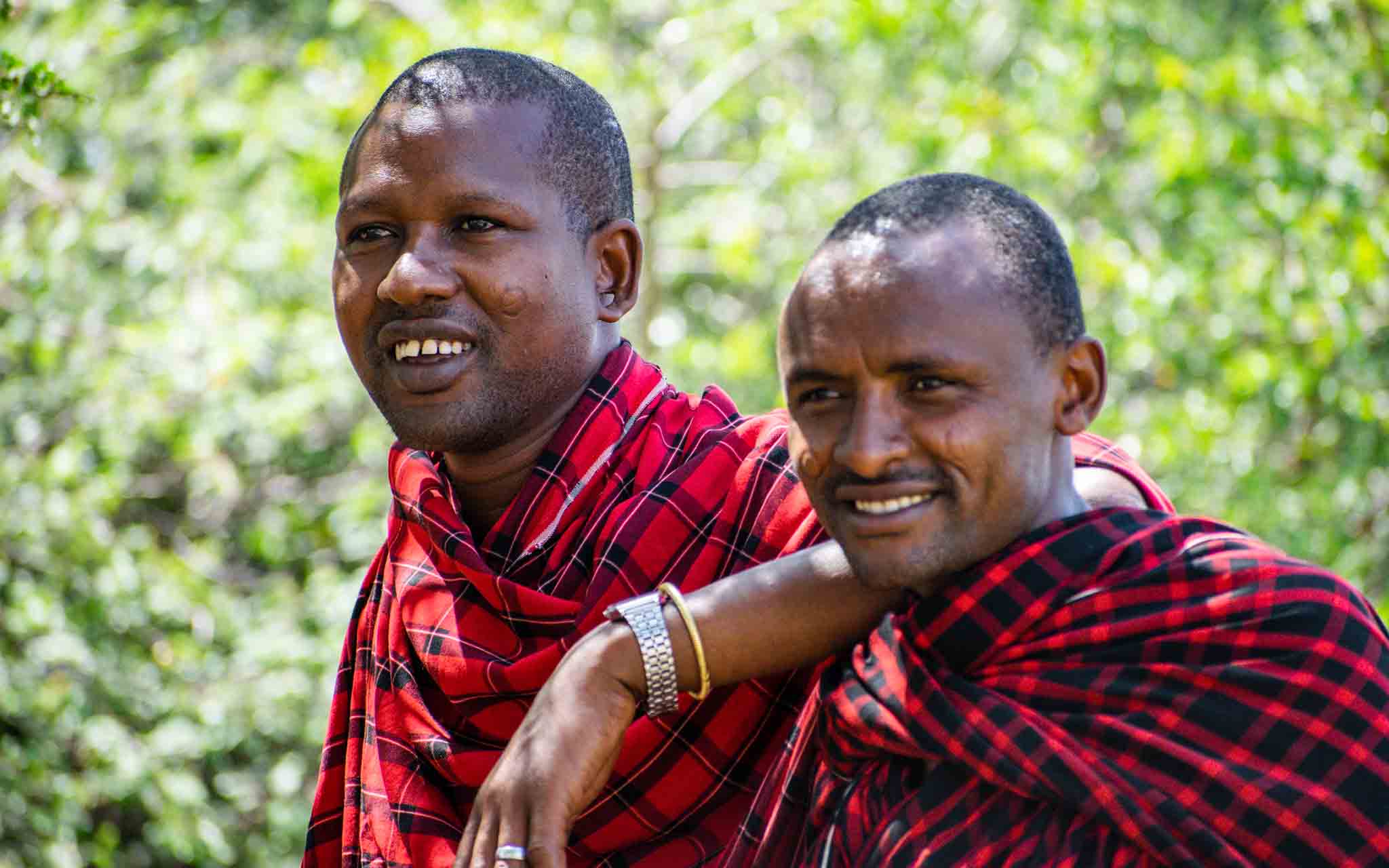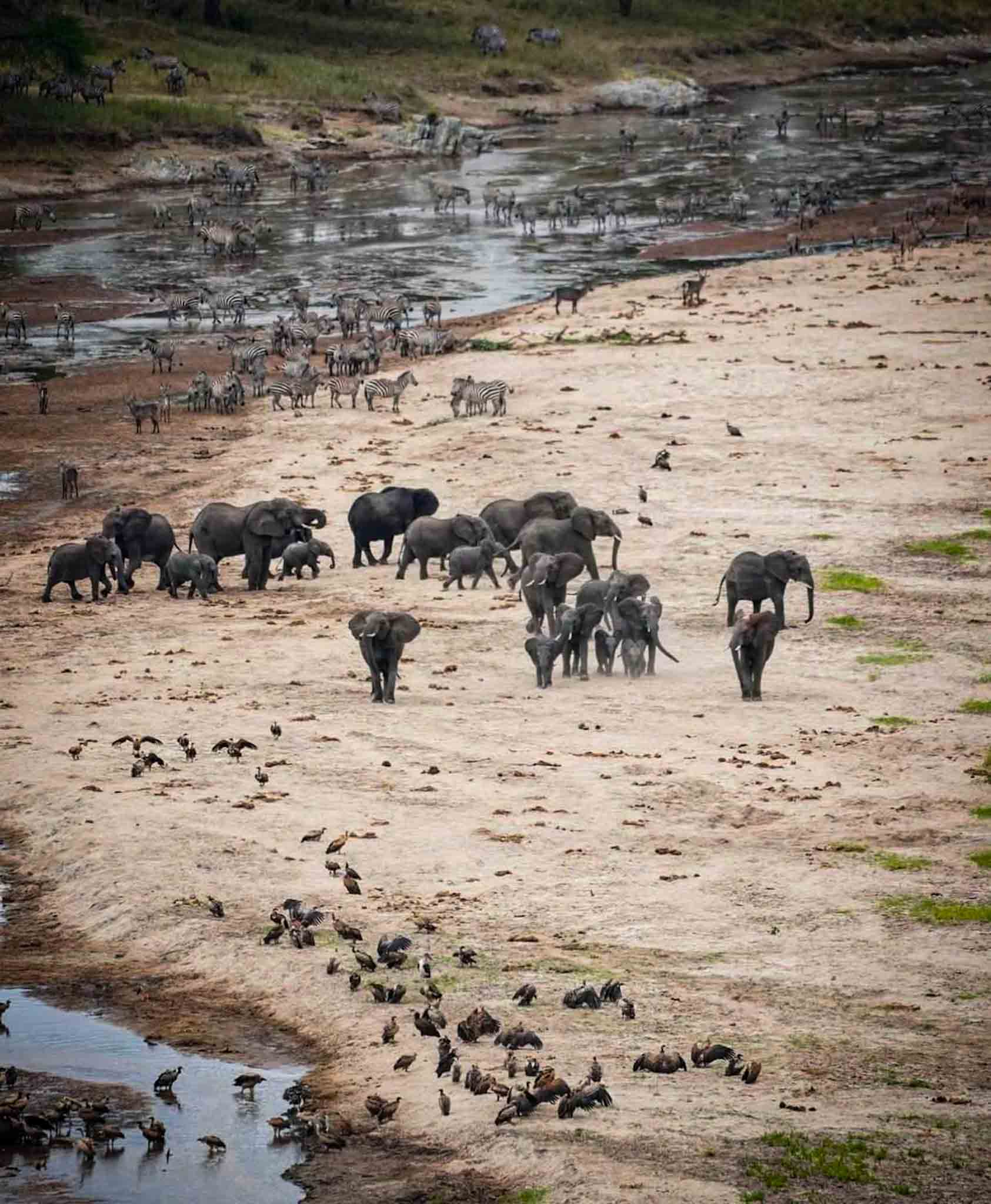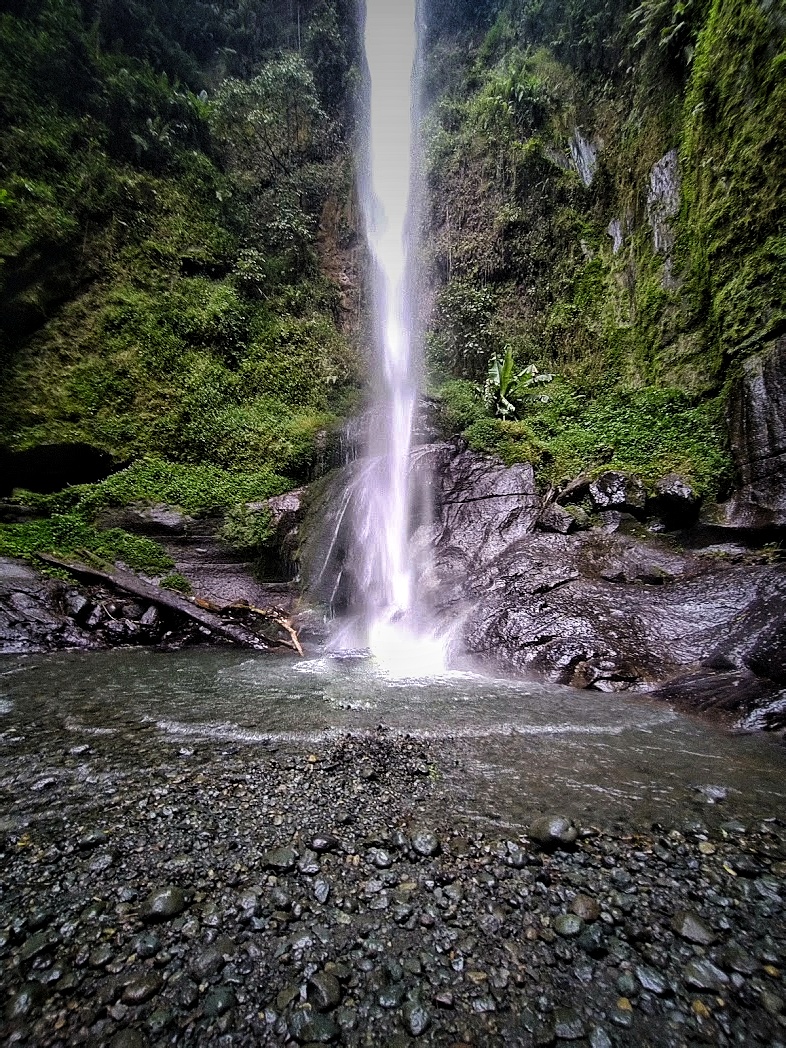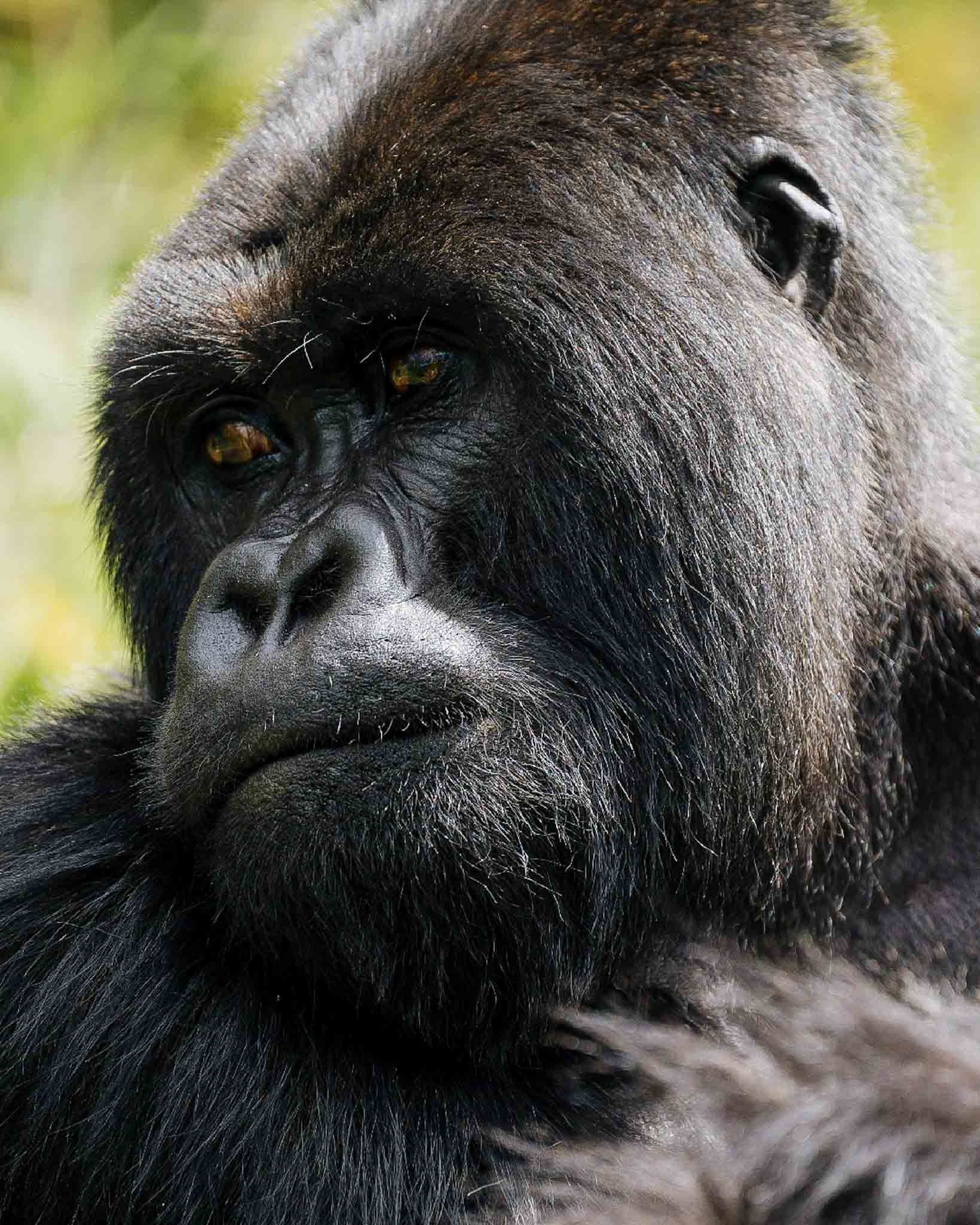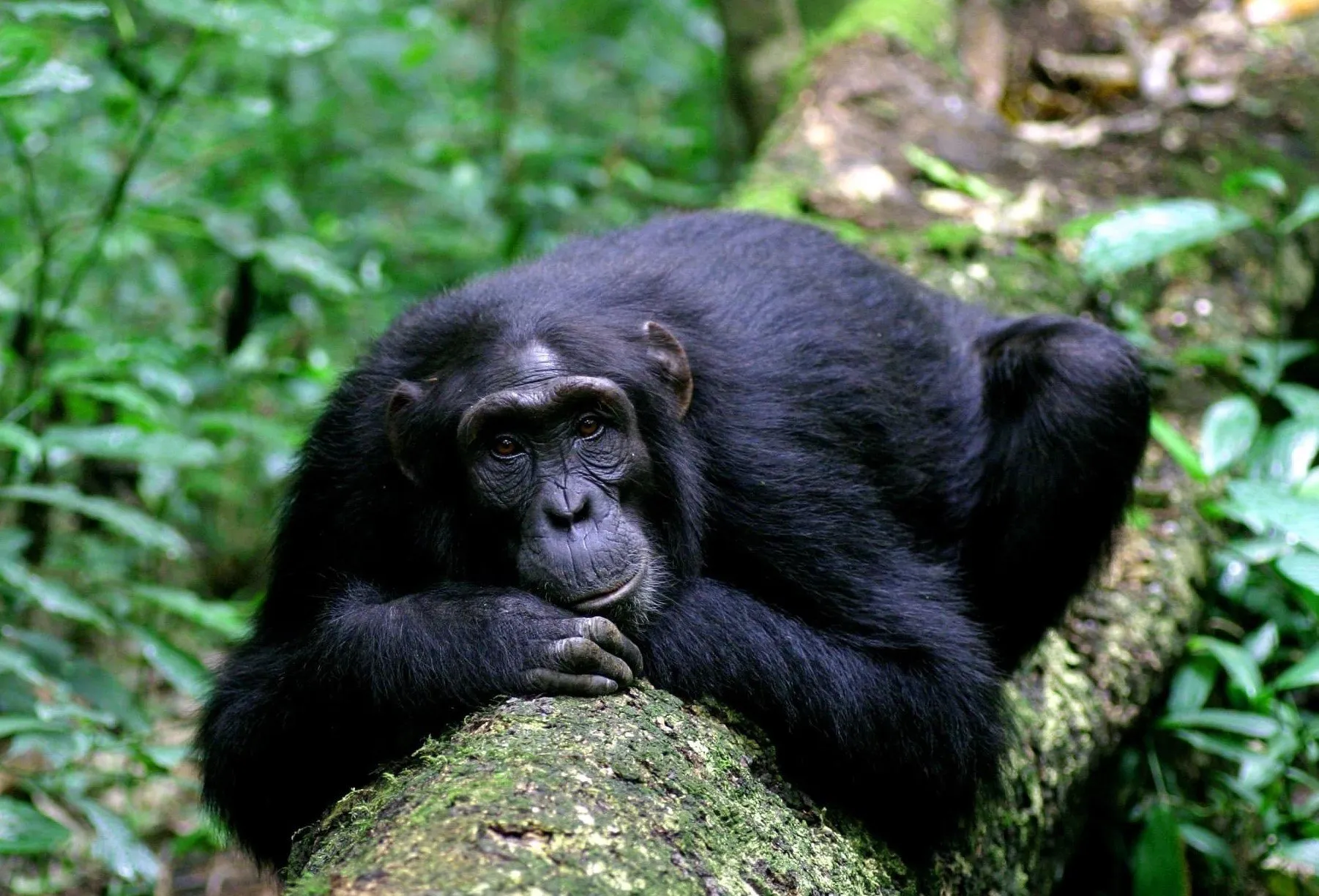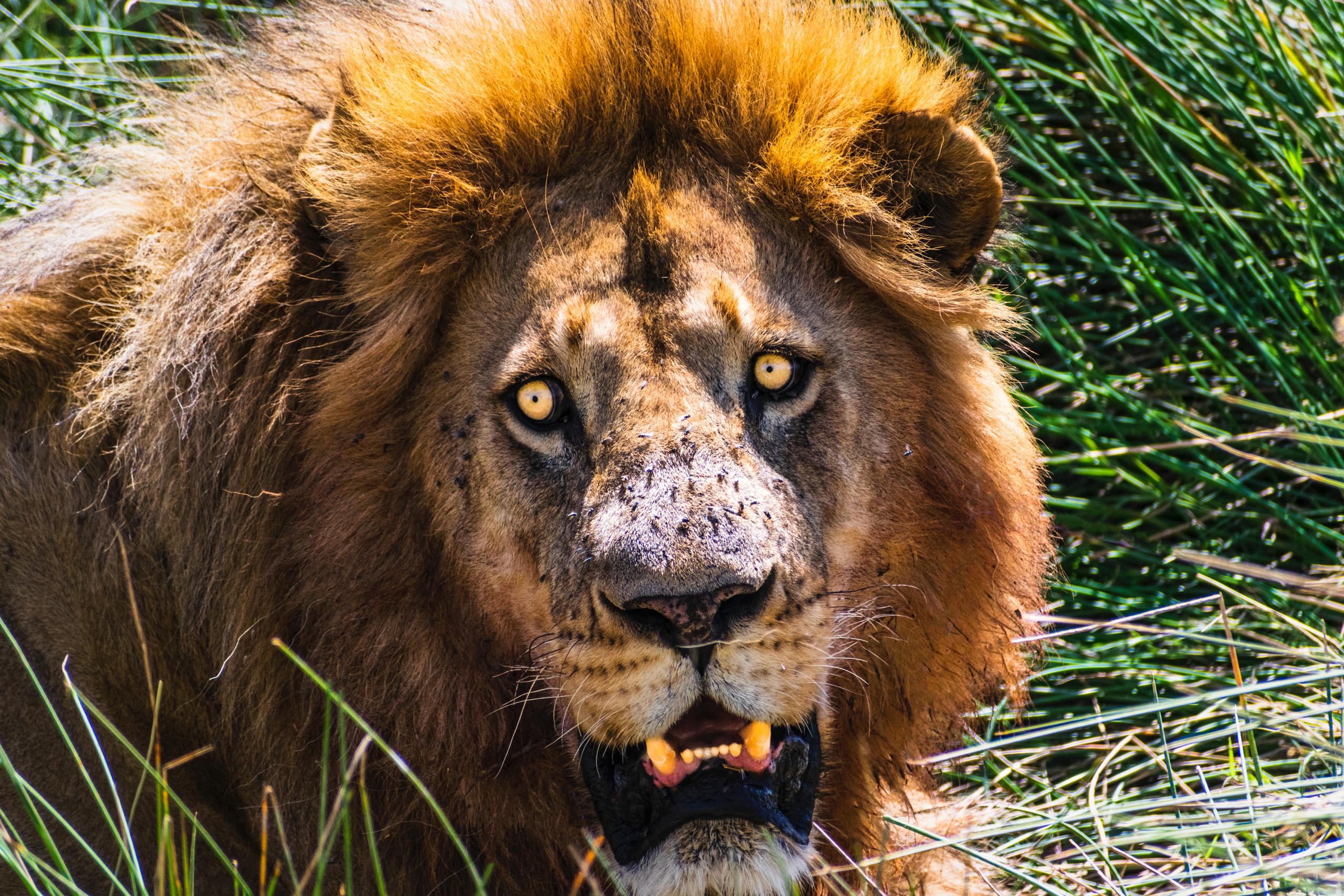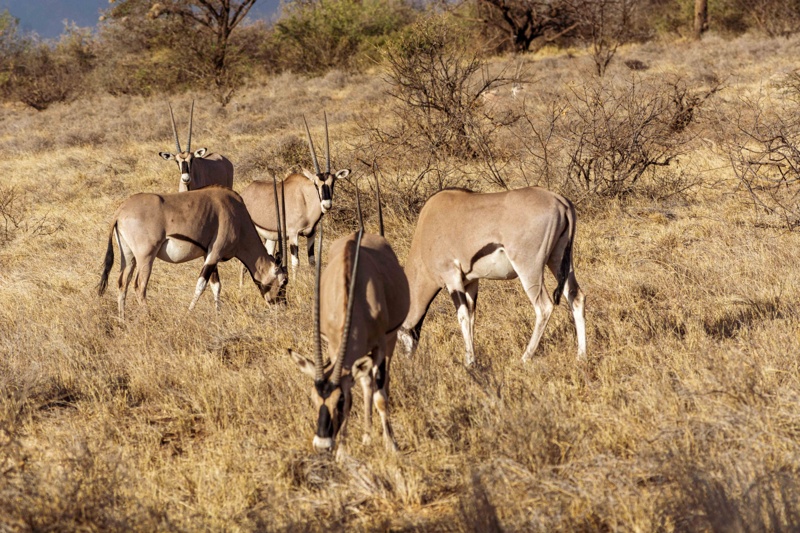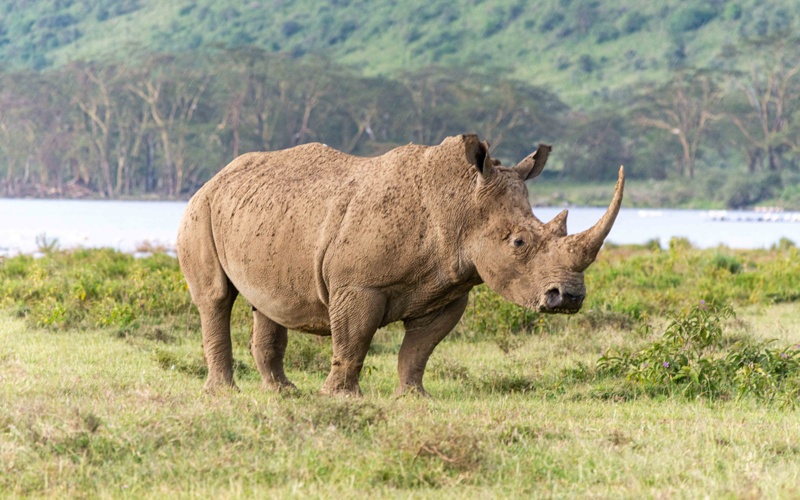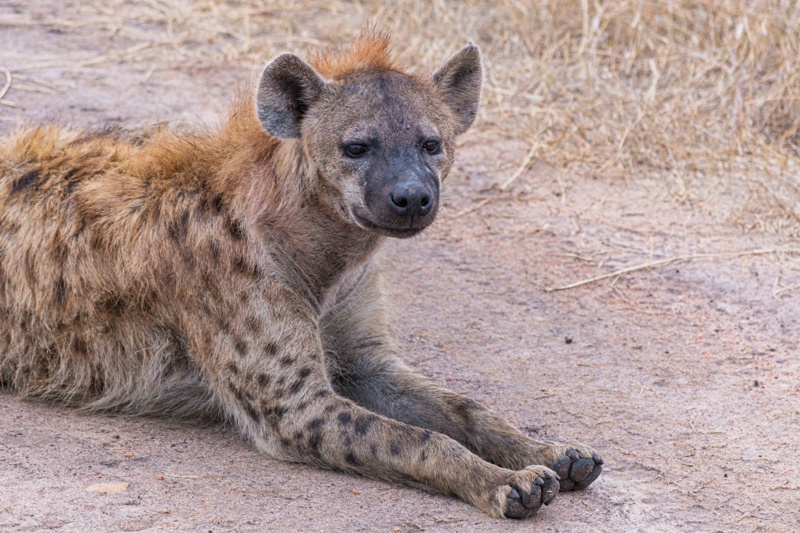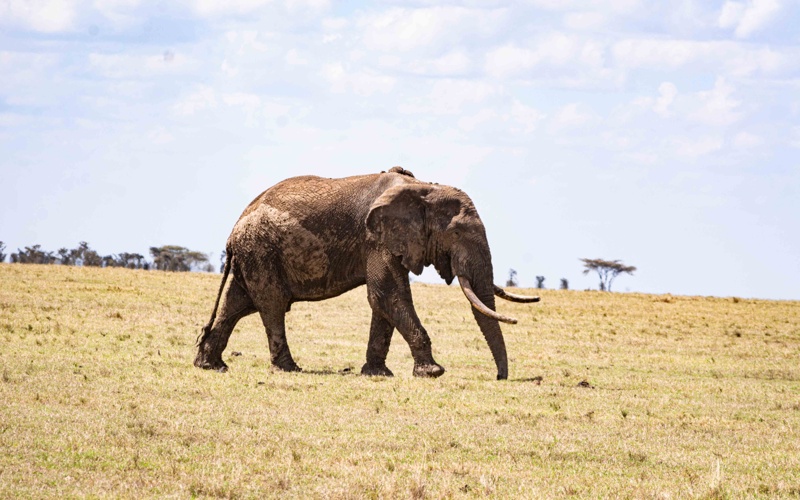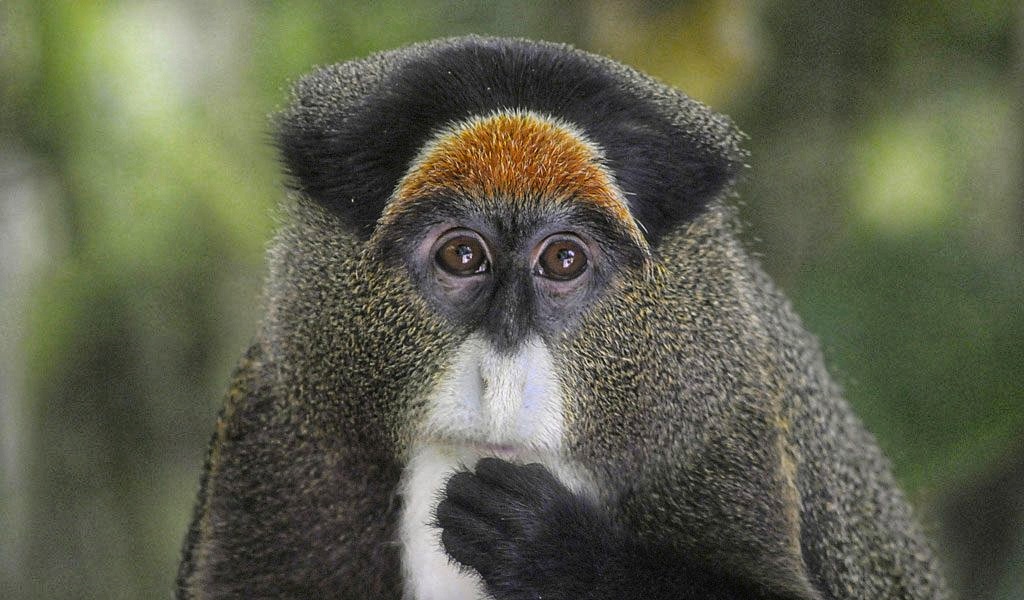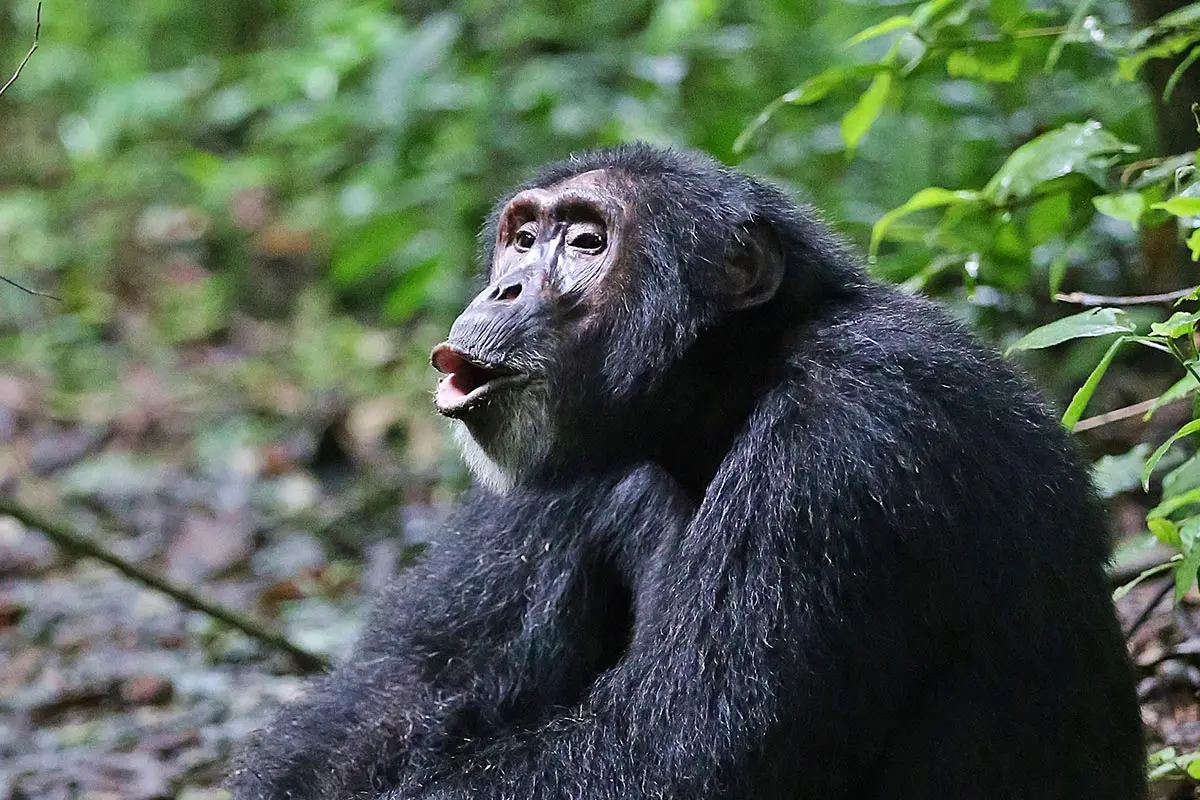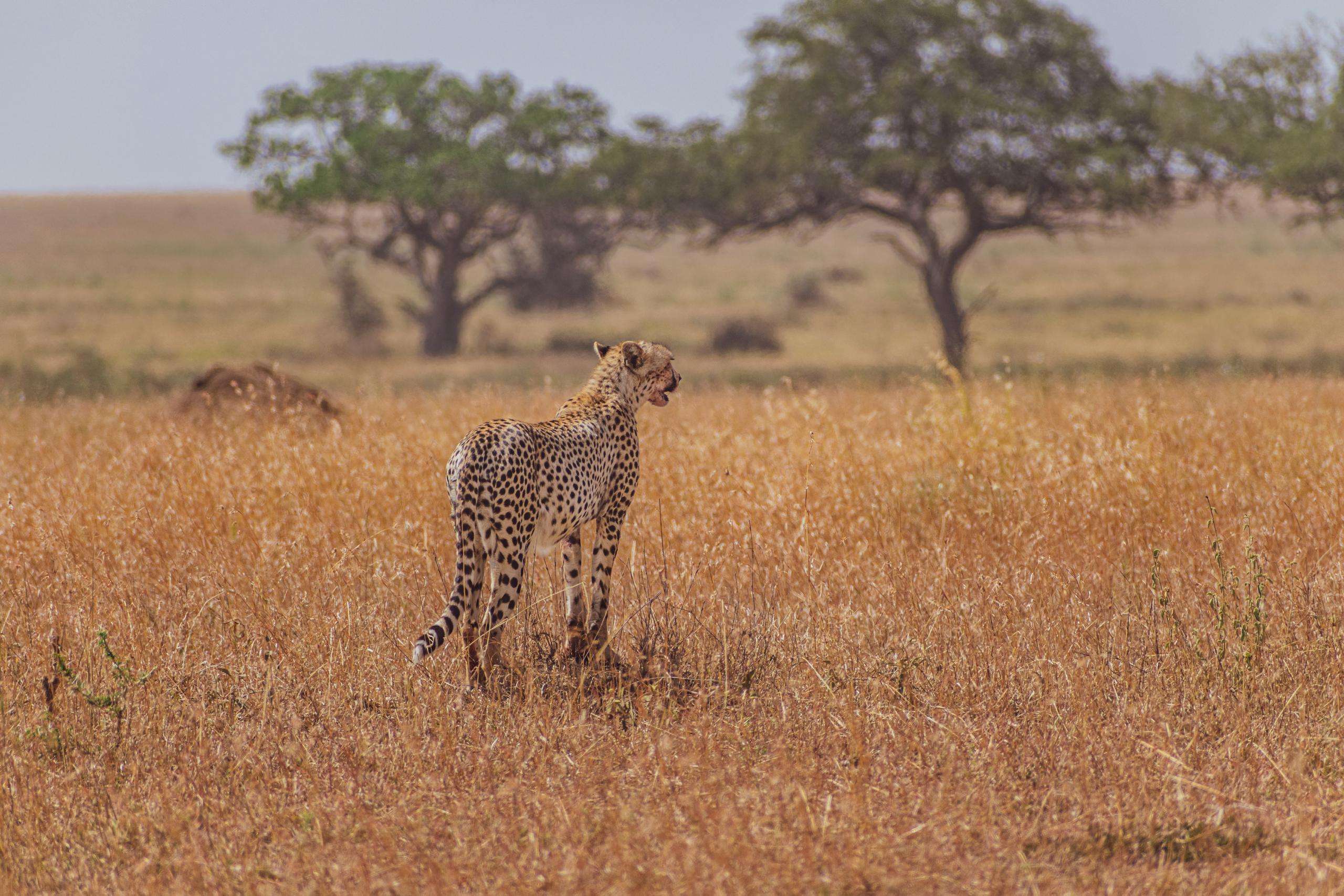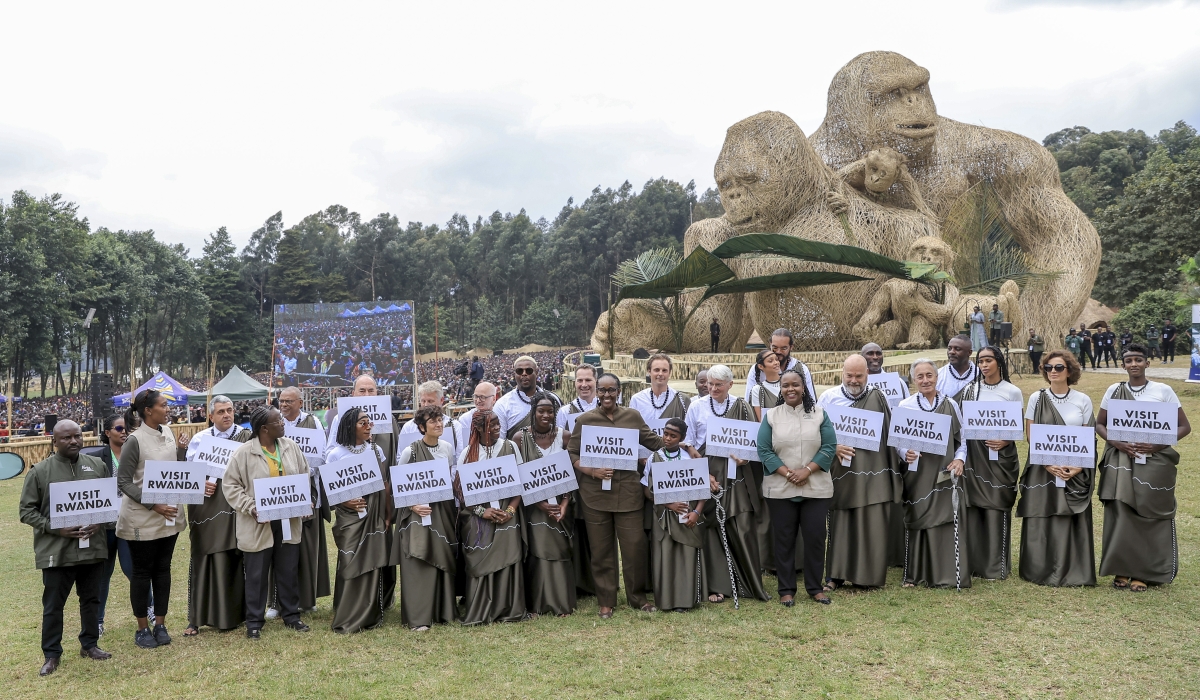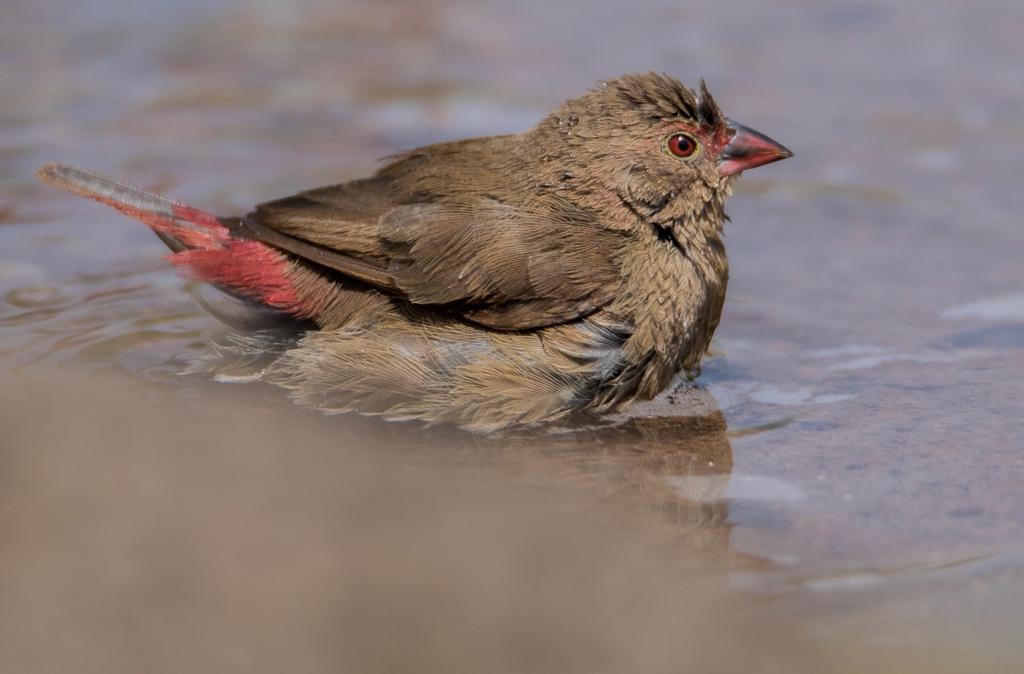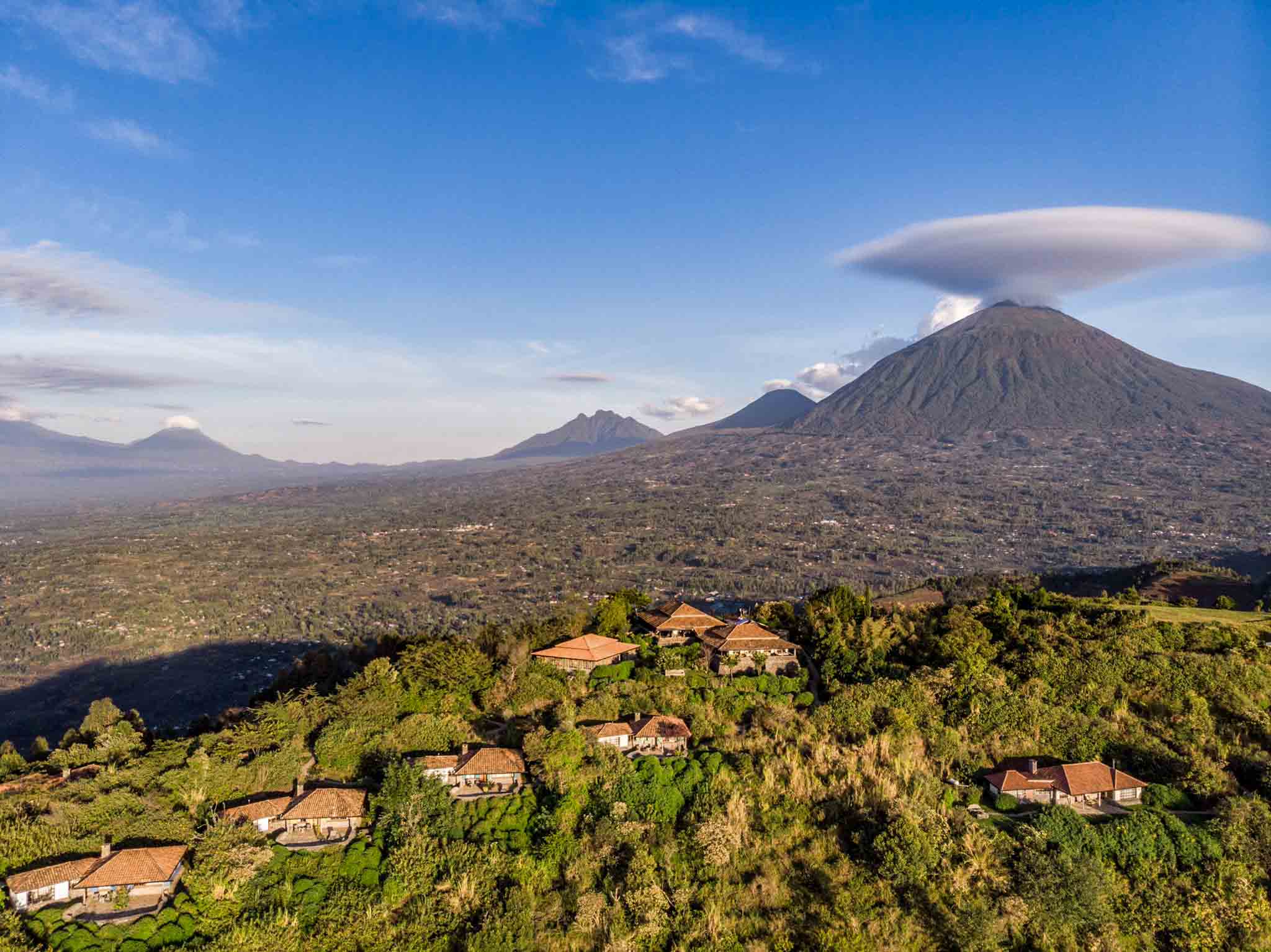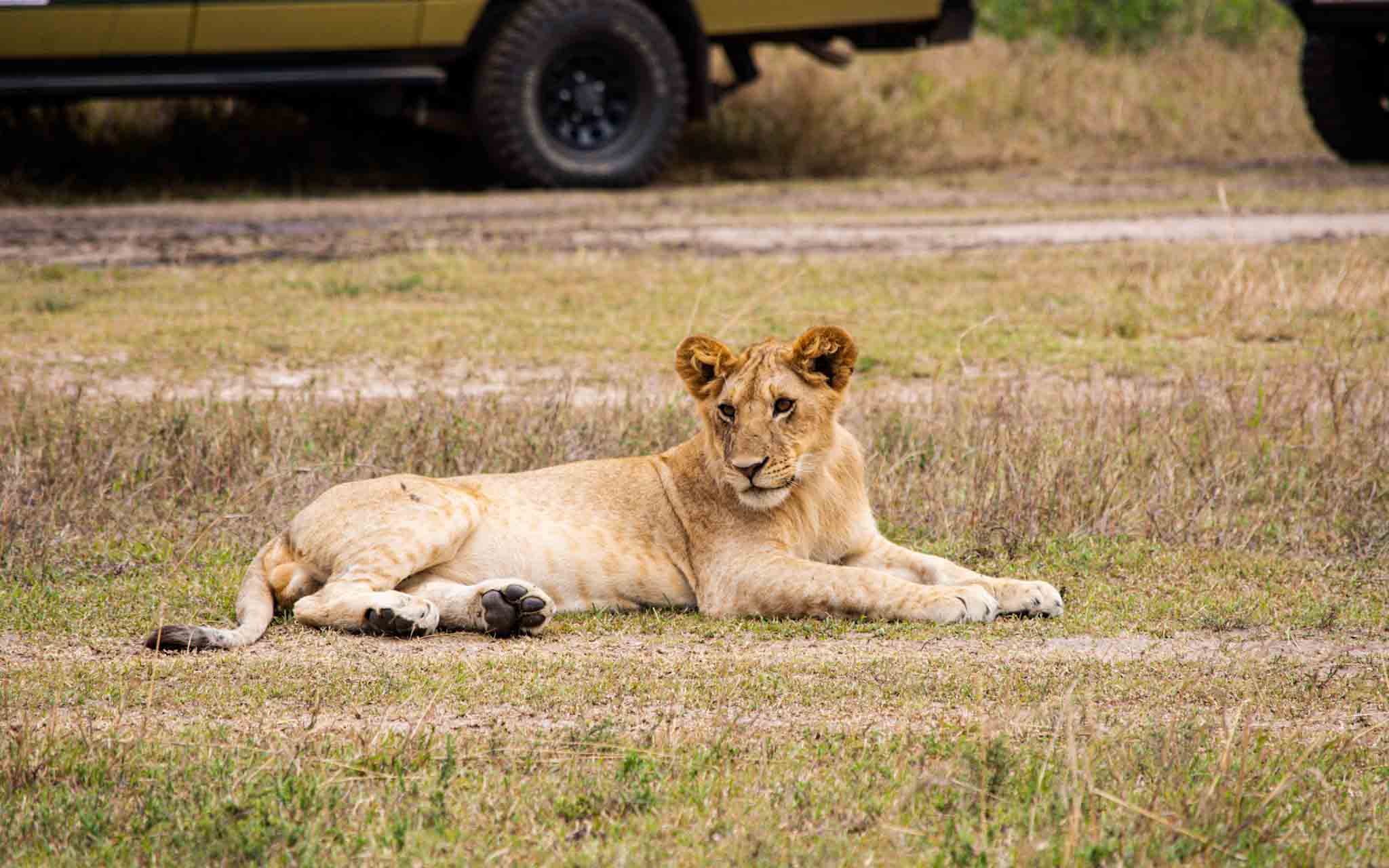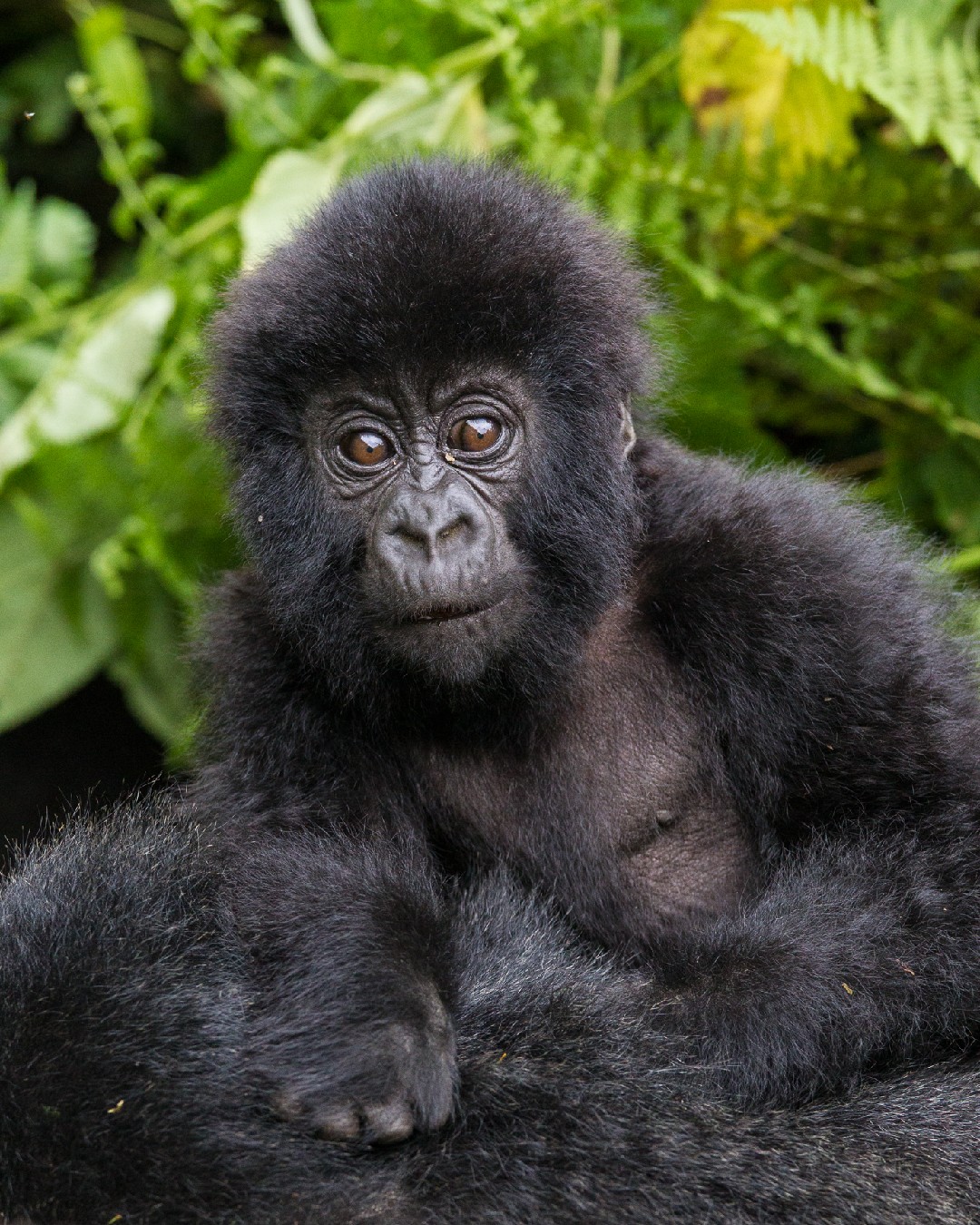Tourist attractions in Akagera National Park
Akagera National Park is Rwanda’s only national park that offers animal game drives and here are some of the tourist attractions;
Mammals and bird life
The park is home to more than 525 bird species with exceptional raptors figures of 44 species making it one of the top bird-watching places in Rwanda and East Africa. The different natural areas found at Akagera Park attract a wide range of bird species such as the Sooty Falcon, Stripped Pipit, Slate-colored Boubou, Shoebill, Booted Eagle, Cannabis’s Bunting and Amur Falcon. The wildlife population of Akagera National Park has grown in recent years, The park's natural richness includes the big five like the leopards, lions, buffalos, elephants and rhinos however, the park has introduced Masai giraffes being accompanied by zebras, topis, impalas and many others A new perimeter fence was installed in late 2013 to protect and prevent wildlife from encroaching on surrounding settlements around the park. Plans are in the works to bring lions and rhinos to the park, making it an ideal habitat. Lions and rhinos are being reintroduced to the park, making it a perfect habitat for all five major animal species. Because there aren't many predators in the park right now, the wildlife is more comfortable and easier to observe.
Akagera river
The Akagera River and Wetland Ecosystem are the major tributaries to Lake Victoria, accounting for 34% of the lake's inflow and forming a major Akagera tourist attraction. The Akagera River Basin spans 60,500 square kilometers and is shared by four countries: Burundi (13,790 km2), Rwanda (21,630 km2), Tanzania (20,680 km2), and Uganda (4,400 km2). This includes hills and ridges, marshes and lake districts, the West Victoria Lake District, Congo -Nile Divide the Nile River Basin includes the river basin. The Akagera River originates in the wetlands and lake-topography zone and has three significant tributaries, including the Nyabarongo, Akanyaru, and Rubabu rivers. Papyrus swamps, lakes, open water bodies, and the river itself dominate this zone. The wetlands are dominated by Cyperus papyrus and Phoenix reclinata and are home to fauna like the rare Shoebill (endangered in Rwanda) and other hippos, buffalo, giraffes, impalas, and sitatungas.
Flora and fauna
Akagera National Park is endowed with extraordinary biodiversity due to its favorable location where different vegetation zones converge. The park consists of forested lakes, savannah plains, papyrus swamps, and rolling highlands. The vast system of freshwater lakes, together with the papyrus wetlands, forms the largest protected and preserved wetlands in Central Africa. Akagera National Park features savannah vegetation in the country of the Thousand Hills of Rwanda being the only outstanding protected area and therefore the only national refuge for savanna-adapted flora and fauna. It complements the moist forests of Nyungwe National Park in southern Rwanda and the afro-alpine habitats of Volcanoes National Park in the north.


